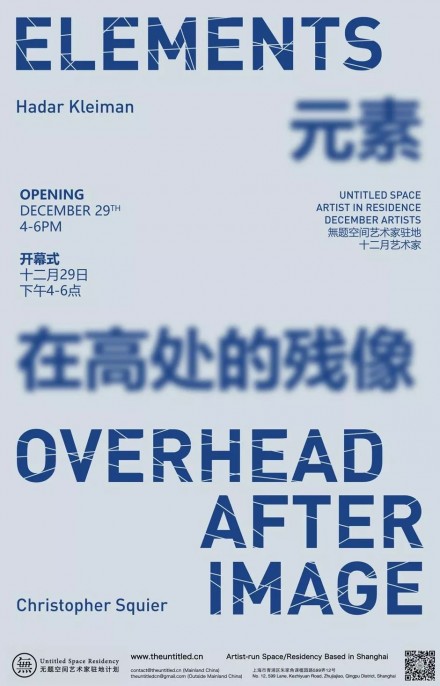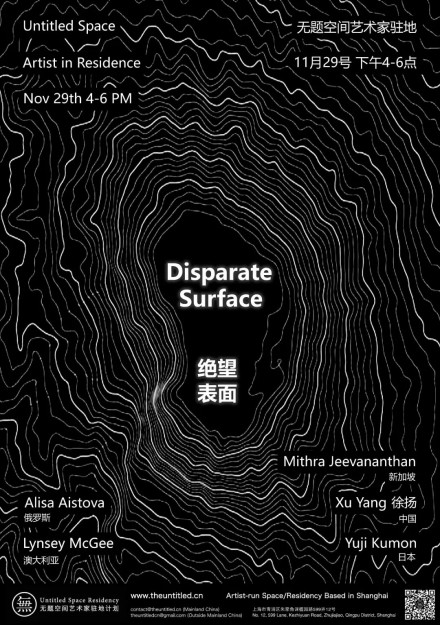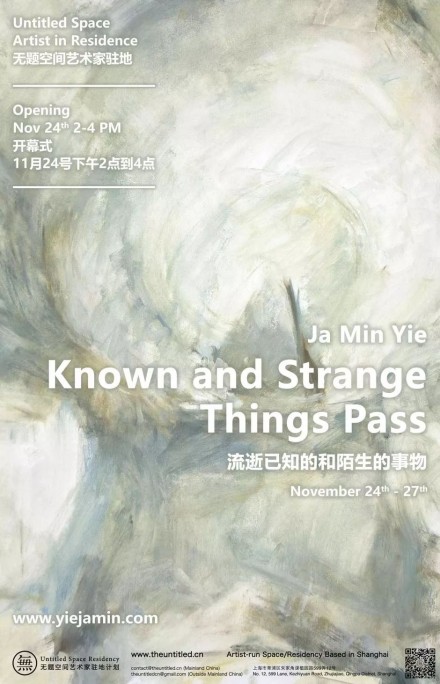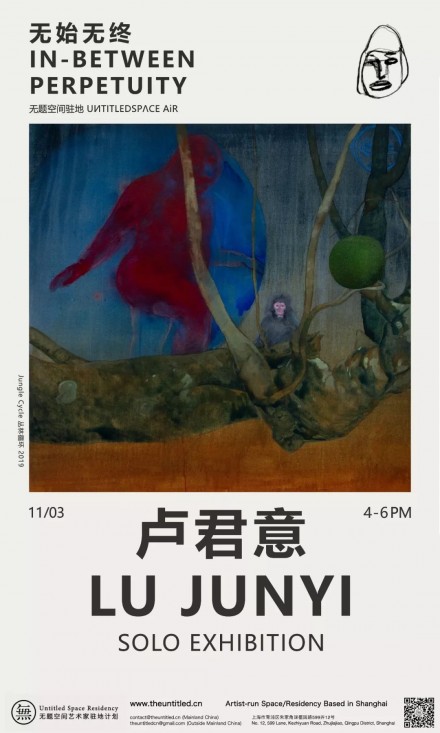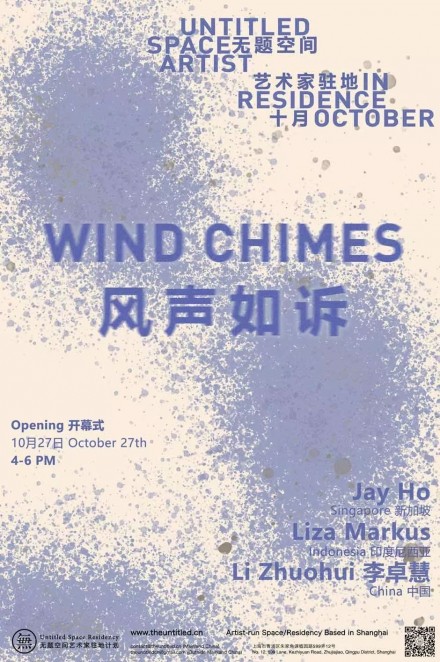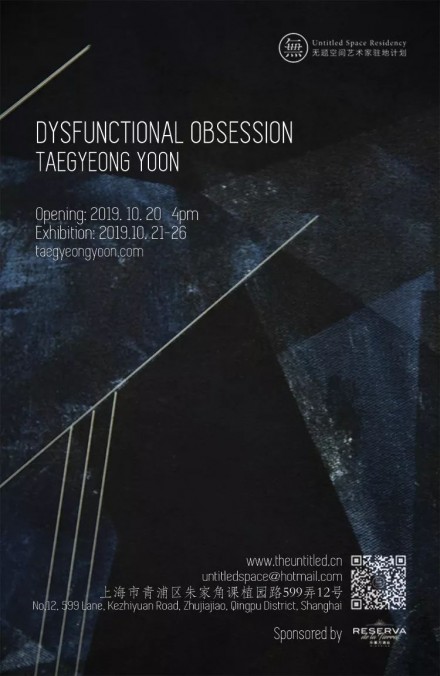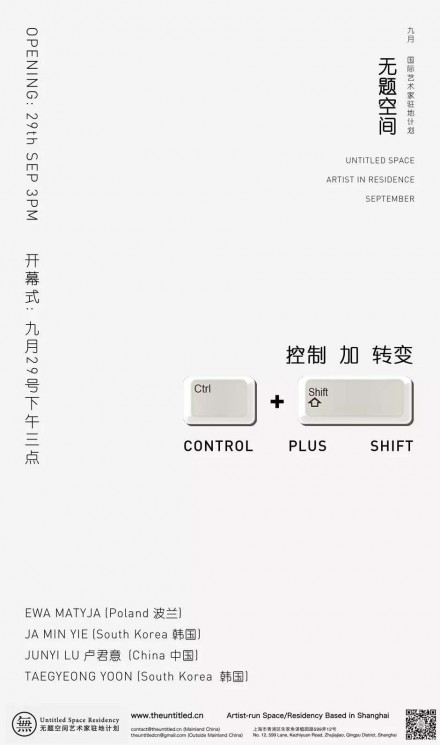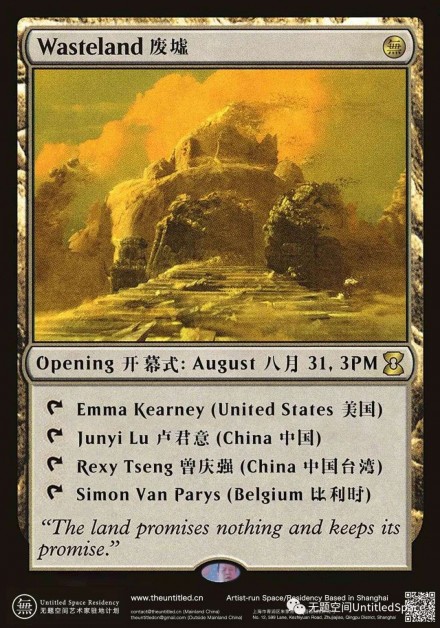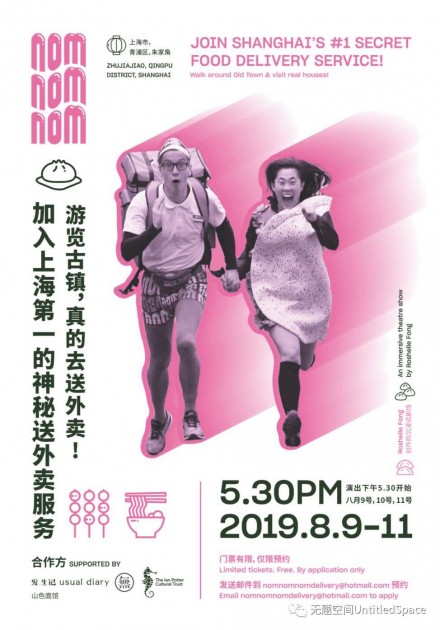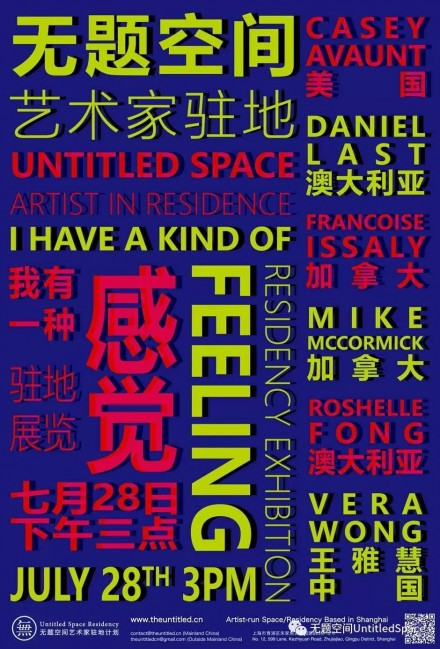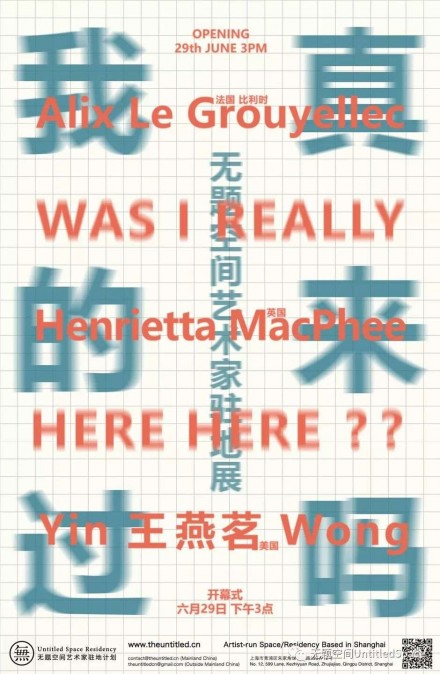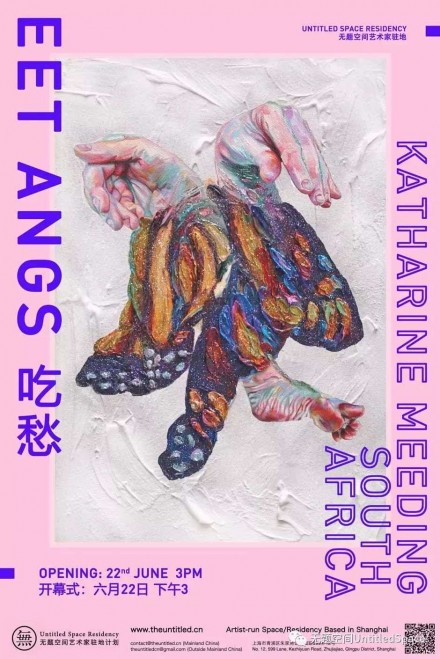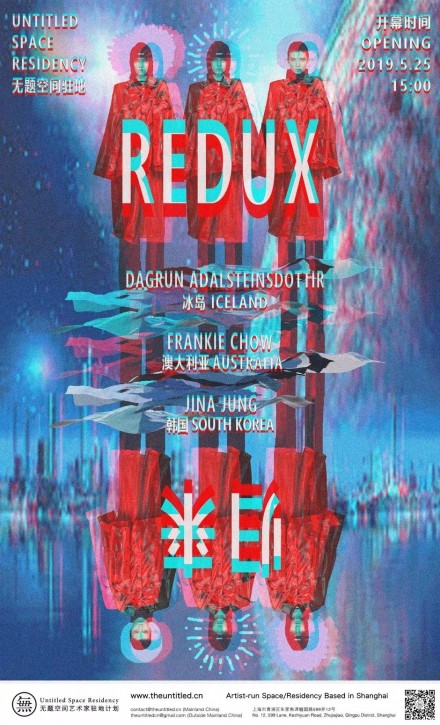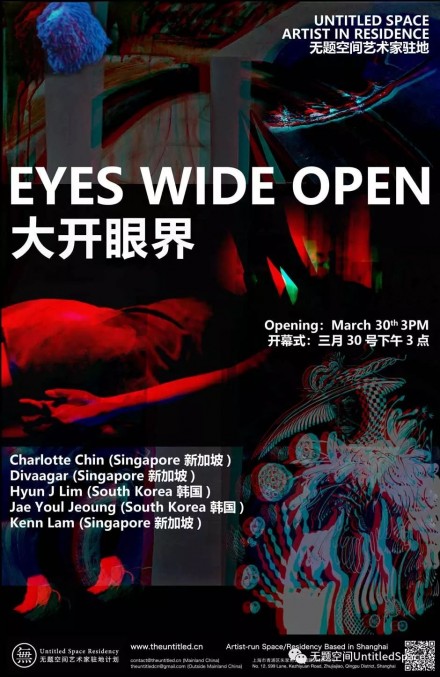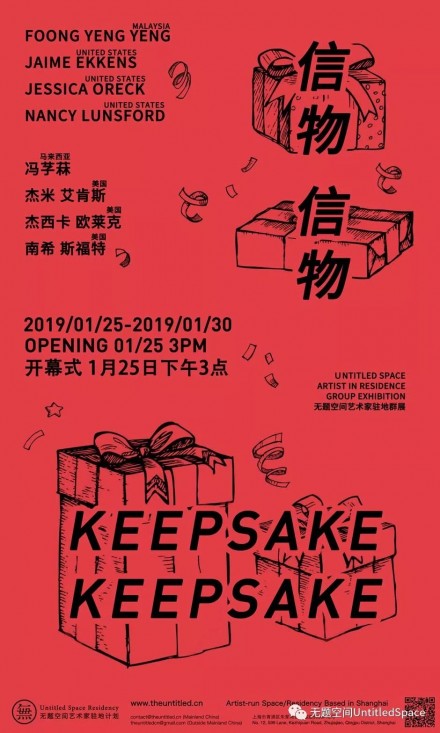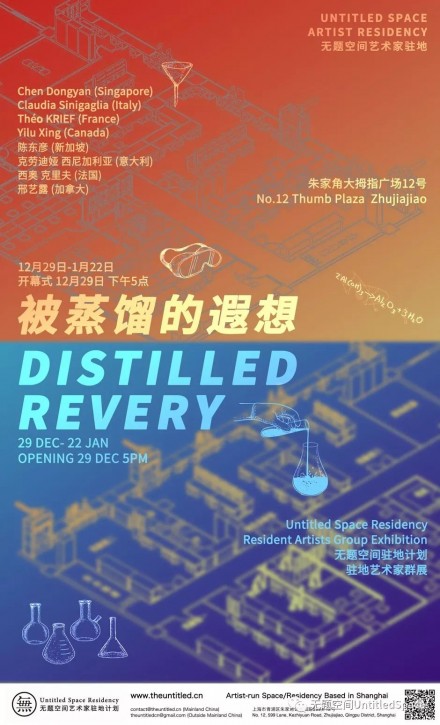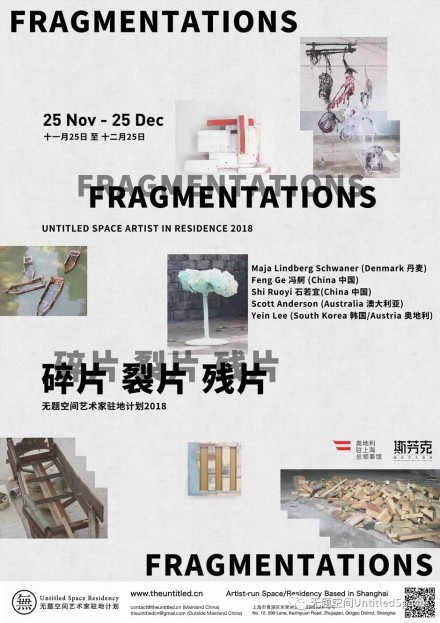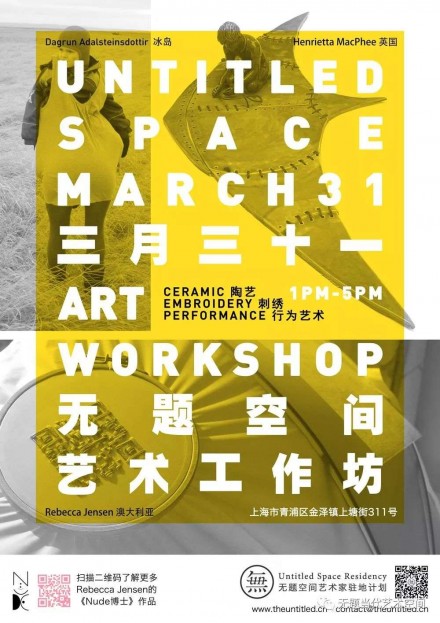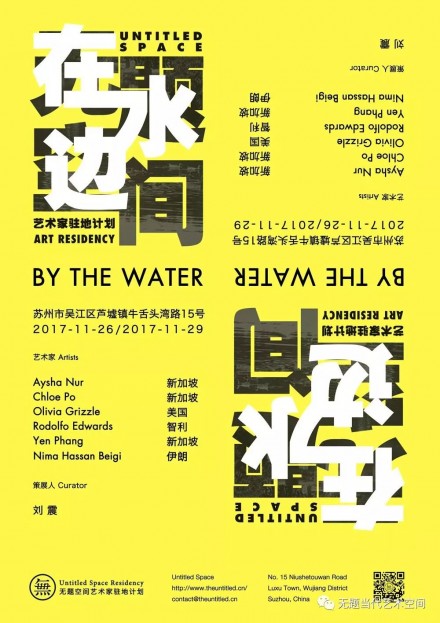在水边 By The Water
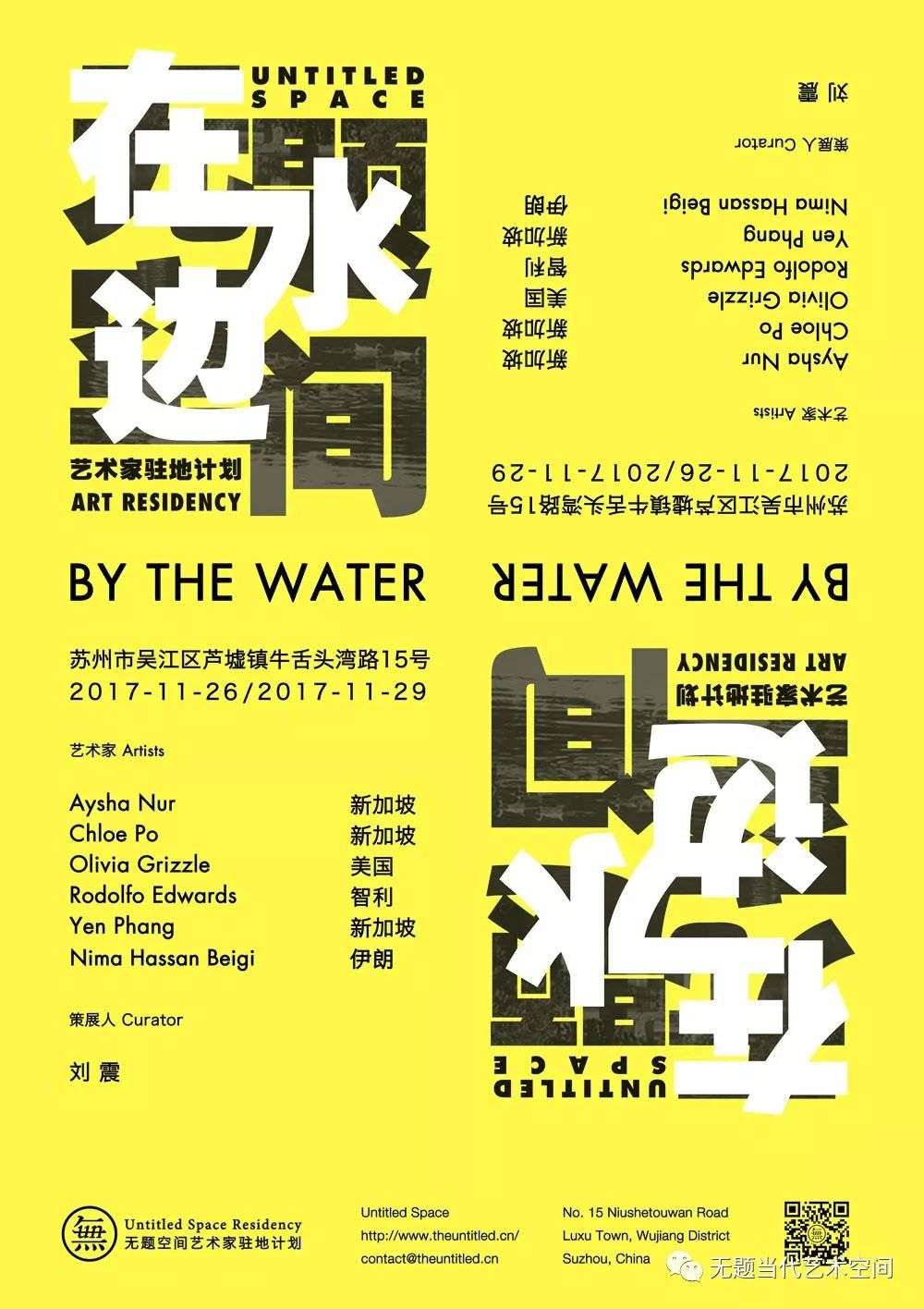
在水边 – 是无题空间在苏州芦墟镇的驻地计划首个群展。来自四个国家的六位艺术家展出了过去三个月在无题空间驻地计划创作的新作品。针对驻地空间和水乡空间的新探索,以及对于中国城市化和去乡村化的新的思考。创作的作品体现了艺术家与驻地空间和芦墟 – 这个千年水乡古镇的对话,同时也展现了艺术家自我创作的主动延伸。
By the Water – is the first group exhibition presents by Untitled Space Artist in Residence in Luxu, Suzhou. Six artists from four countries exhibited new works created at Untitled Space Artist in Residence in the past three months. Works focus on the new exploration of the resident space and the space of water town, as well as the rethinking on urbanization in China. Works reflect the dialogue between artists and the resident space and Luxu – a thousand years old ancient water town and also show the active extension of artists’ self-creation.
参展艺术家 Exhibit Artists
Aysha Nur(新加坡 Singapore)
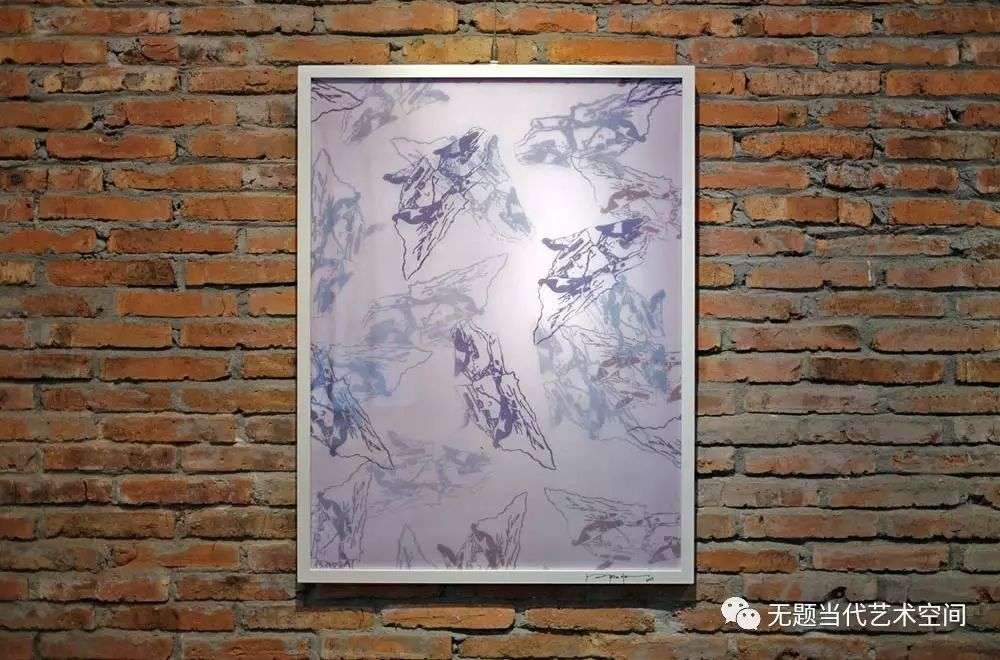
Three Little Birds, Acrylic on Chiffon, 60cm x 80cm, 2017
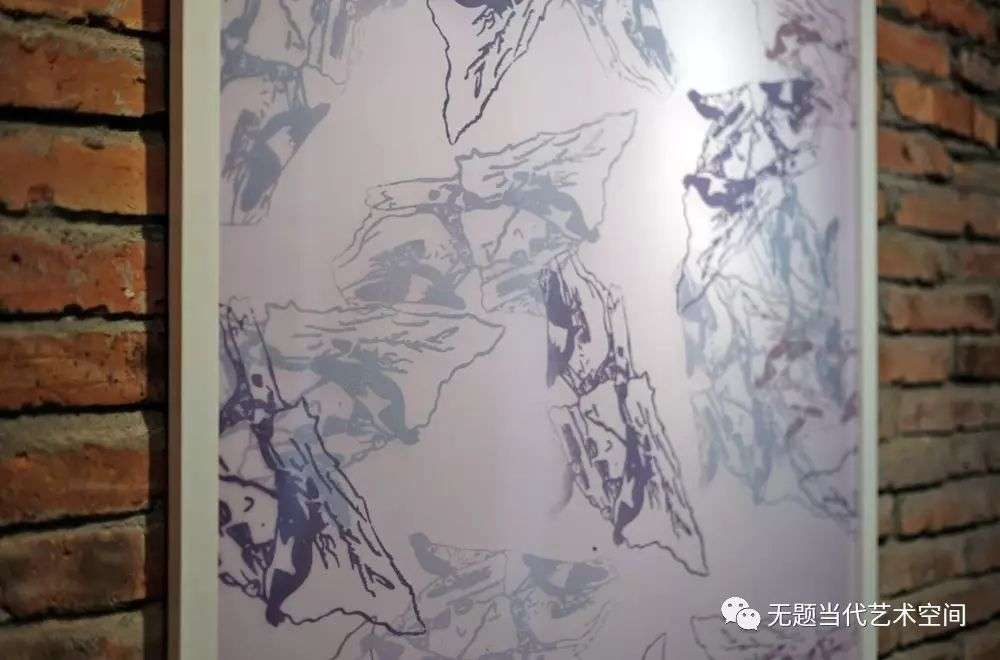
Three Little Birds, Acrylic on Chiffon, 60cm x 80cm, 2017
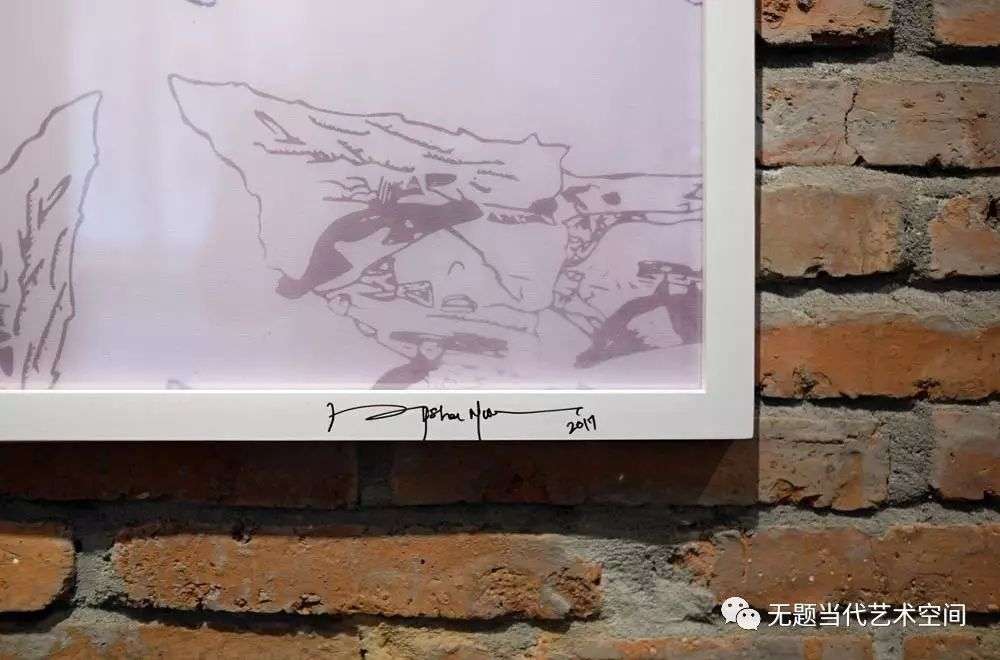
Three Little Birds, Acrylic on Chiffon, 60cm x 80cm, 2017
“从个人经历,到童年起便开始收集的旅行日记,我的作品探讨了各种各样的主题。在多种族(土耳其巴基斯坦裔)背景成长下的我,从小耳濡目染不同的文化观念,也因此让我更好地融入到不同的民族,语言和文化中。从东西双方的观念去感知事物也让我很快地适应不同文化的撞击。如同大自然一样,我的艺术创作也是虚实合一的。作为一个风景艺术家,将更深层次的意义赋予我的作品是十分必要的,这不但让其更好地与观众对话,更是对自我的一种探索和延展。在与本土和海外艺术家交流的过程中,创作理念的交换,以及对当今艺术在社会,空间和学术环境中现状的探讨,让我的作品得以进一步与当代艺术产生呼应。”
“My work explores various themes ranging from personal experiences that I gather from traveling journeys since childhood. Growing up as a mixed race of half Turkish and half Pakistani, I am exposed to various cultural perceptions and views while adapting to many different cultures, languages, and people. This has allowed me to see both the Asian and Western perspective and get used to them very quickly. My approaches to art making are detailed and abstract, with a representation of nature. As a landscape artist, giving my works meaning is essential in connecting with my audiences, as they are related to my personal identity. Engaging with local artists in my hometown and abroad, the exchange of ideas about art today and how it functions in society, spaces and institutions has allowed for my artworks to find relevance to contemporary art.”
Chloe Po(新加坡 Singapore)
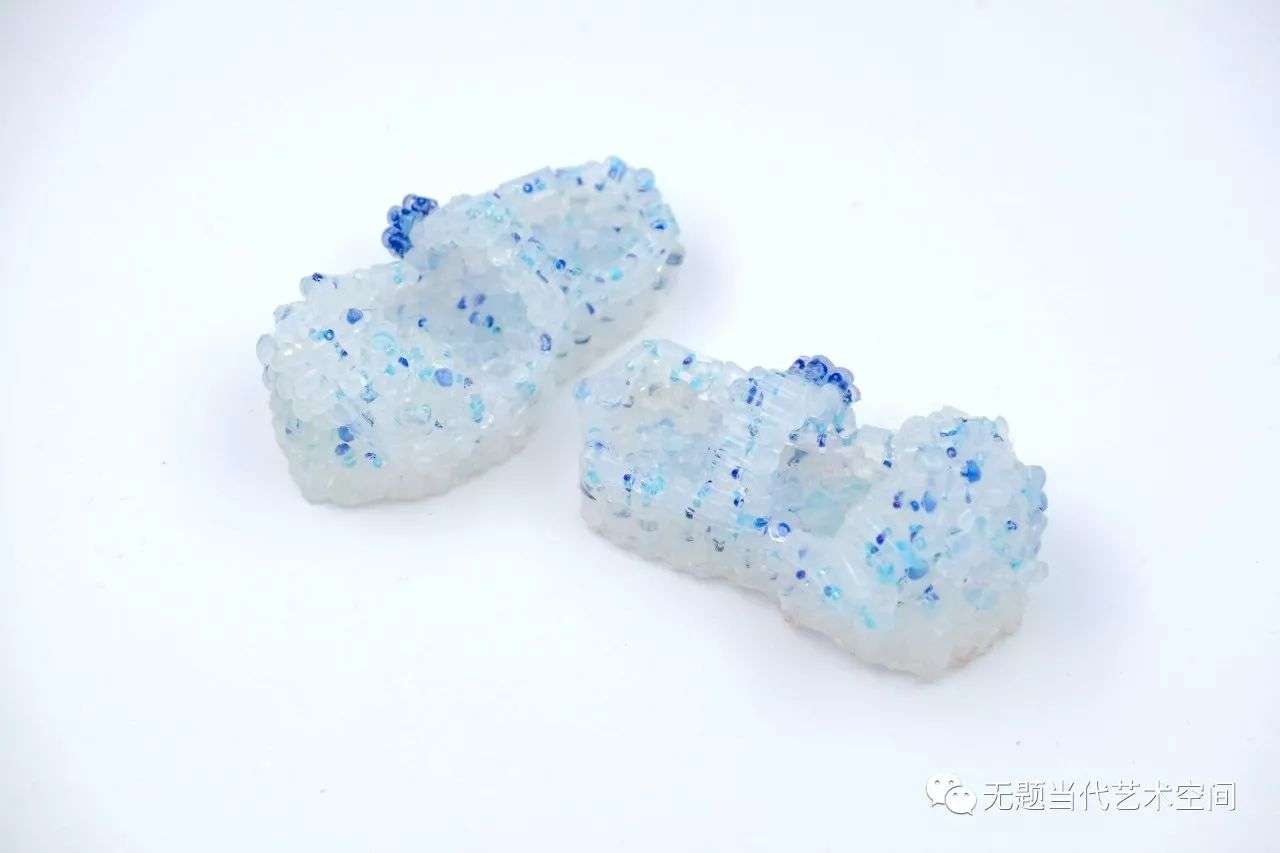
Sentiments, Mixed Media, 2017
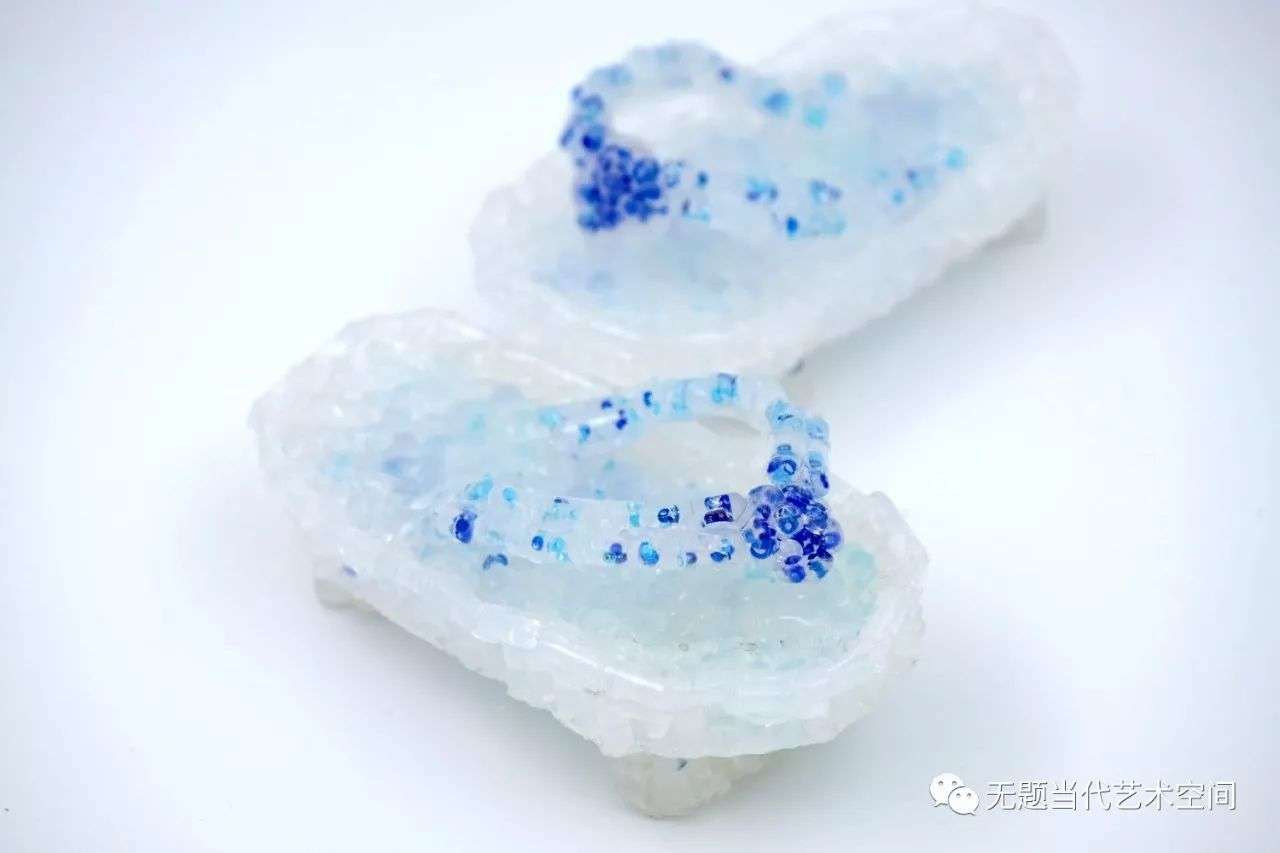
Sentiments, Mixed Media, 2017
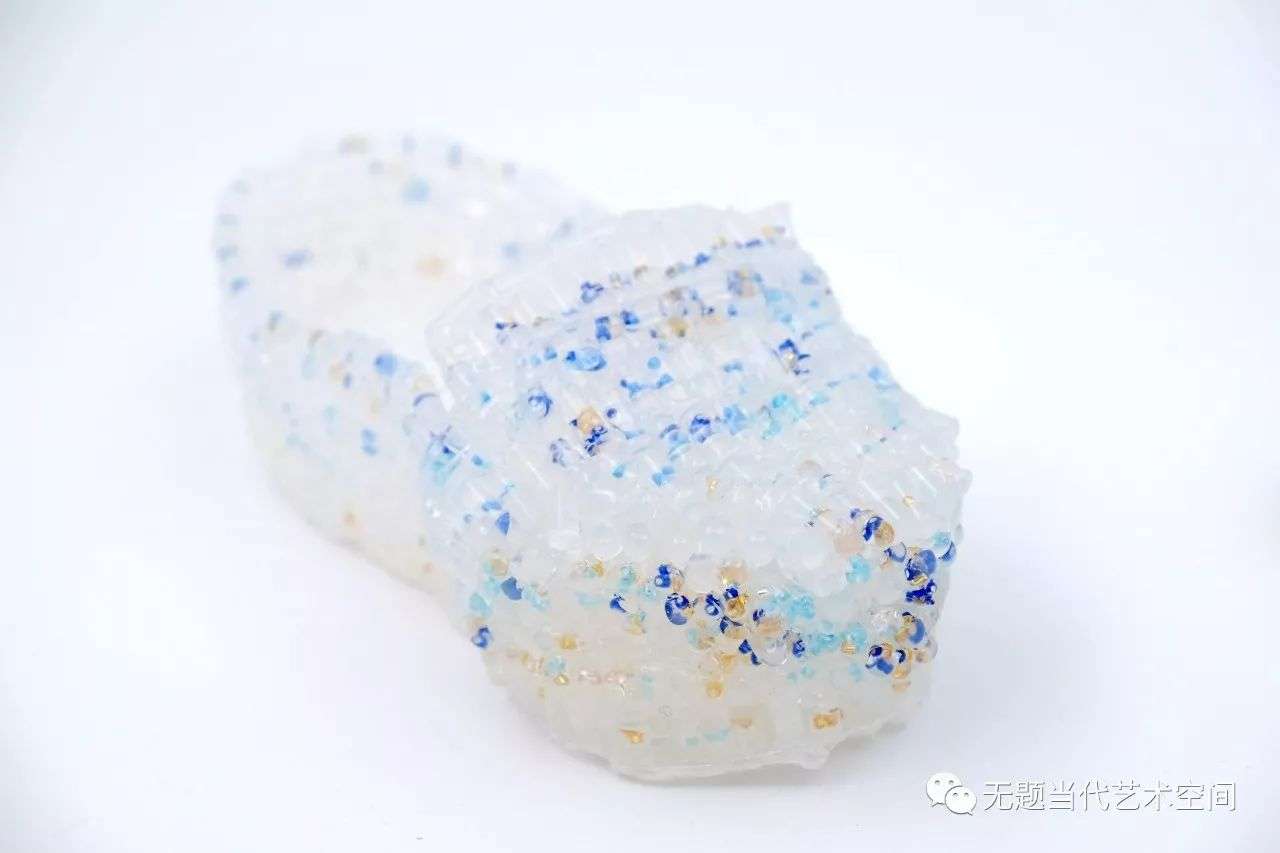
Sentiments, Mixed Media, 2017
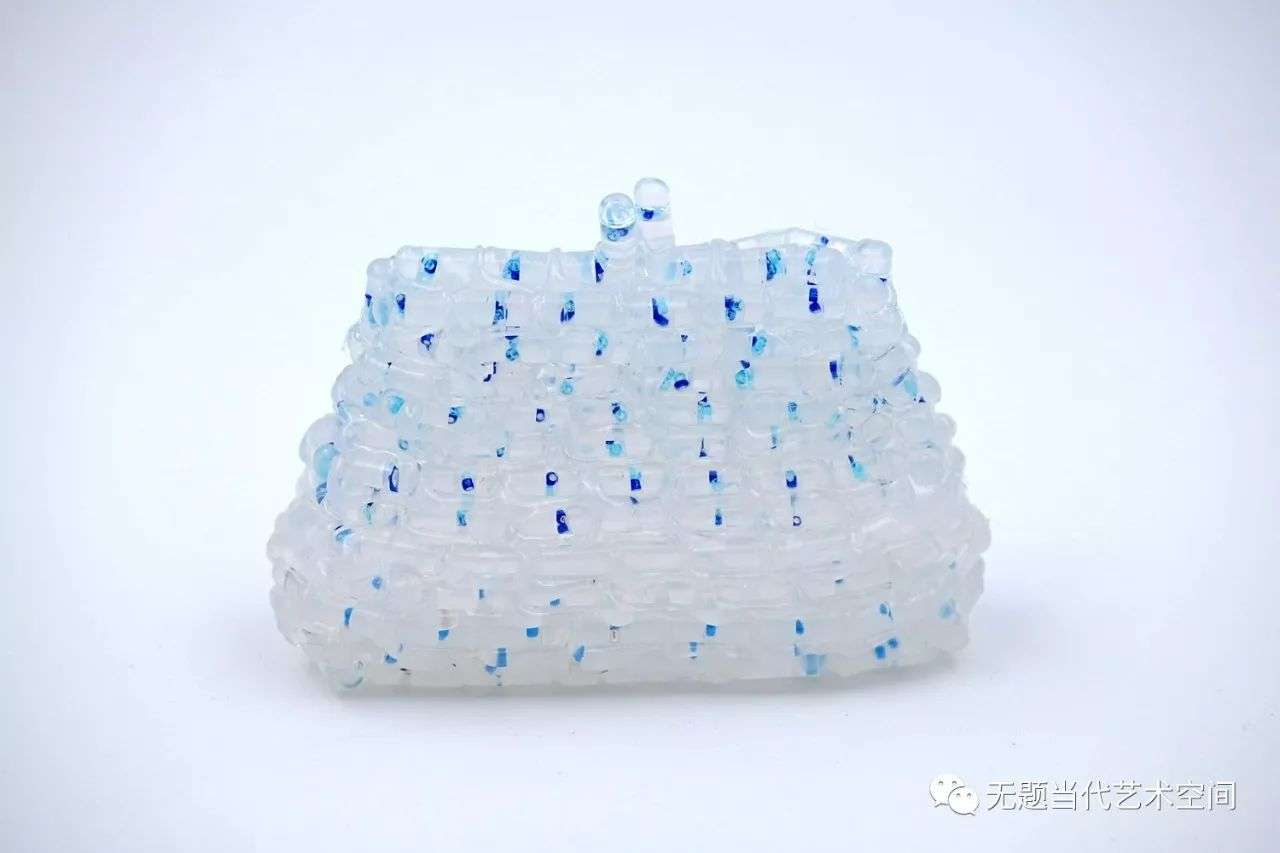
Sentiments, Mixed Media, 2017
“情感”是一系列的雕塑,它描绘了存在的短暂性与时间的微妙关系。 作为村民们在河边洗个人物品的虚构,该系列探索记忆的概念,它是无形由于重复和日常生活的成规。 塑料是一种很容易处理的材料,类似于时间和记忆的瞬间传递。 因此,系列使用塑料材料作为存储器,转瞬即逝的尺寸和巧妙地抵顶损失。 该系列采用蓝色探索蓝色瓷器的蓝色调。 因此它作为历史象征的反映; 在记忆中融合历史。
‘Sentiments’ is a series of Sculptures that draws a subtle relationship between the fleeting nature of existence with that of time. Acting as figments of personal objects that the villagers were washing by the river, the series explores the notion of memory and it’s intangibility due to repetition and routines of daily life. Plastic is a material that is easily disposed of, similar to that of time and memories that pass by fleetingly. Hence, the series uses the material of plastic as a dimension of memory, fleeting and subtly resisting against loss. The Colour blue used in the series explores the blue hues of blue china. It thus acts as a reflection of historic symbolism; fusing history within that of memory.
Olivia Grizzle(美国 United States)
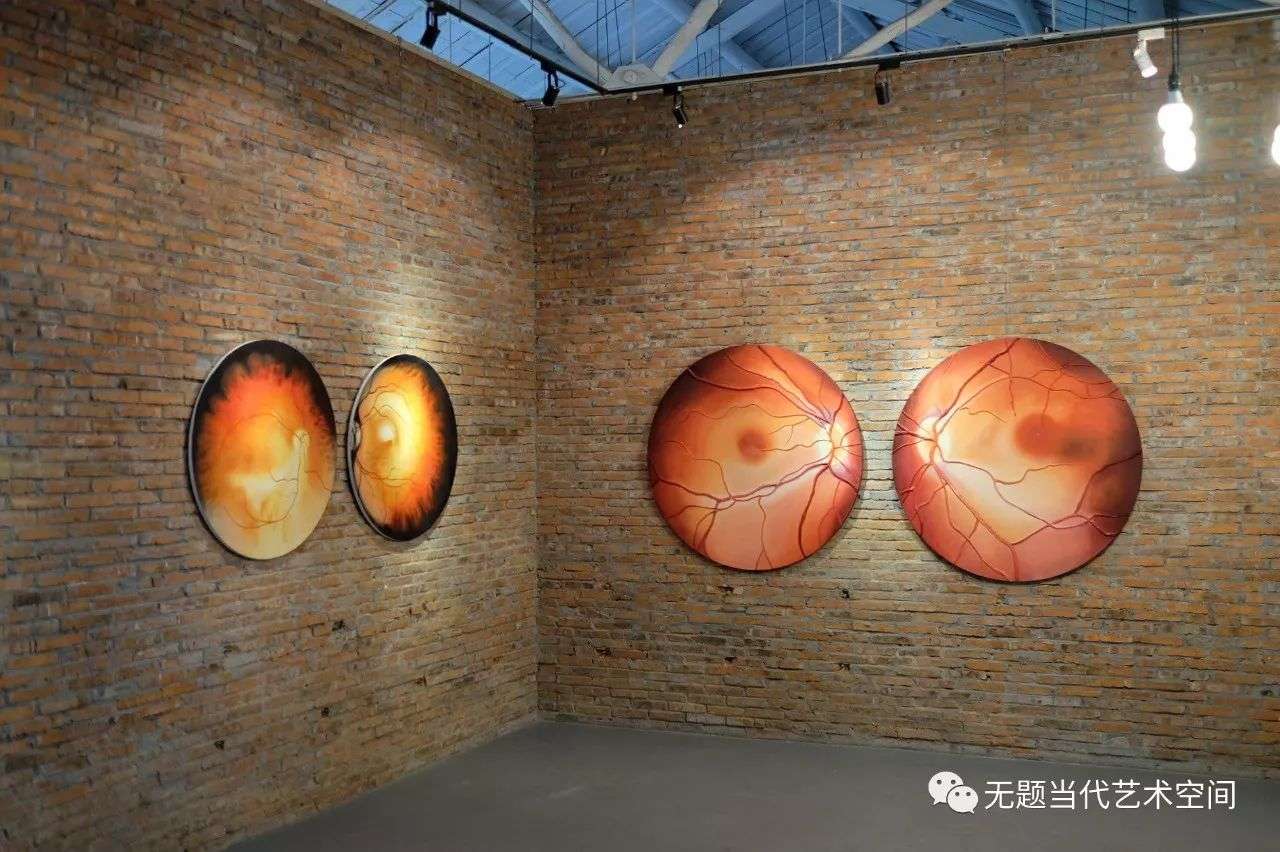
Self-Portrait, Oil on Canvas, 2017 / 29-Year-Old Male with AIDS, Oil on Canvas, 2017
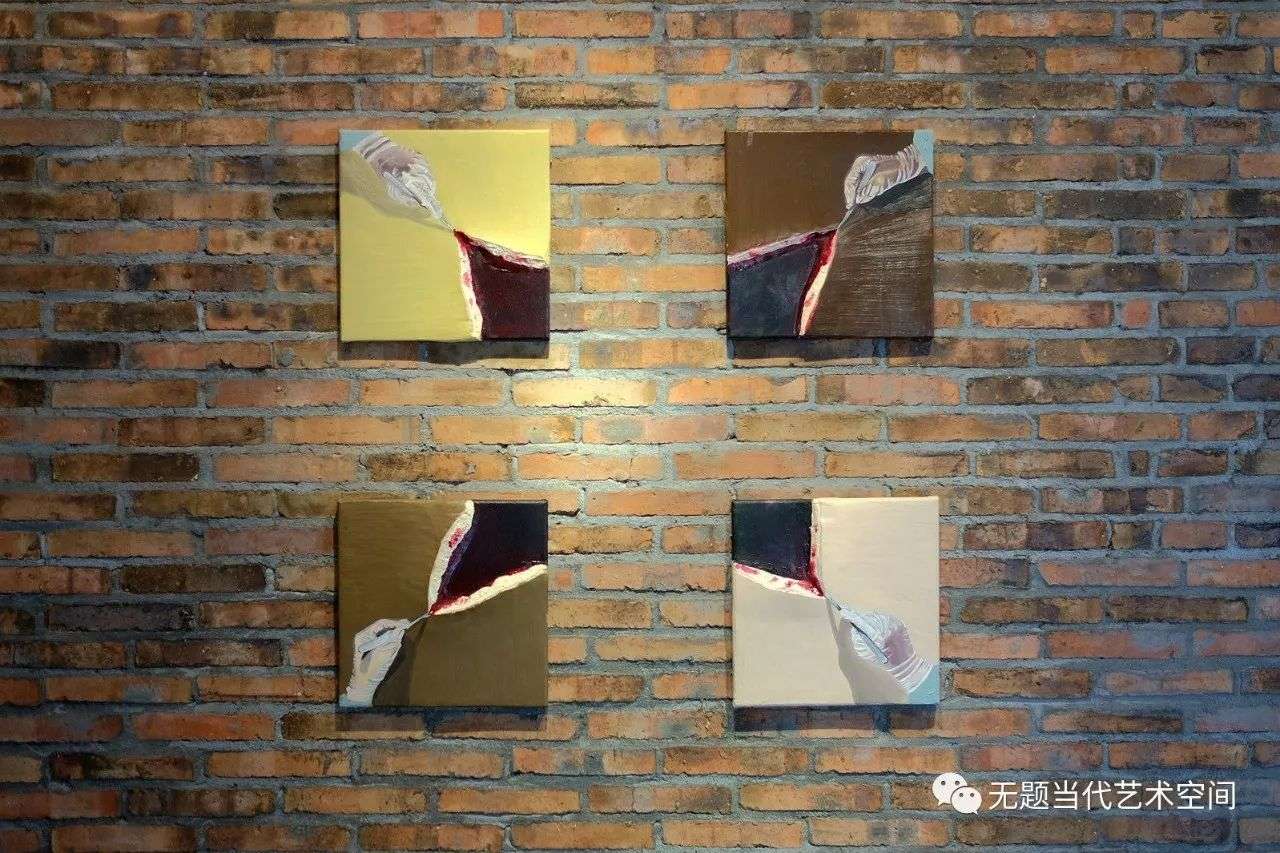
Incision Mandala, Oil on Canvas, 2017
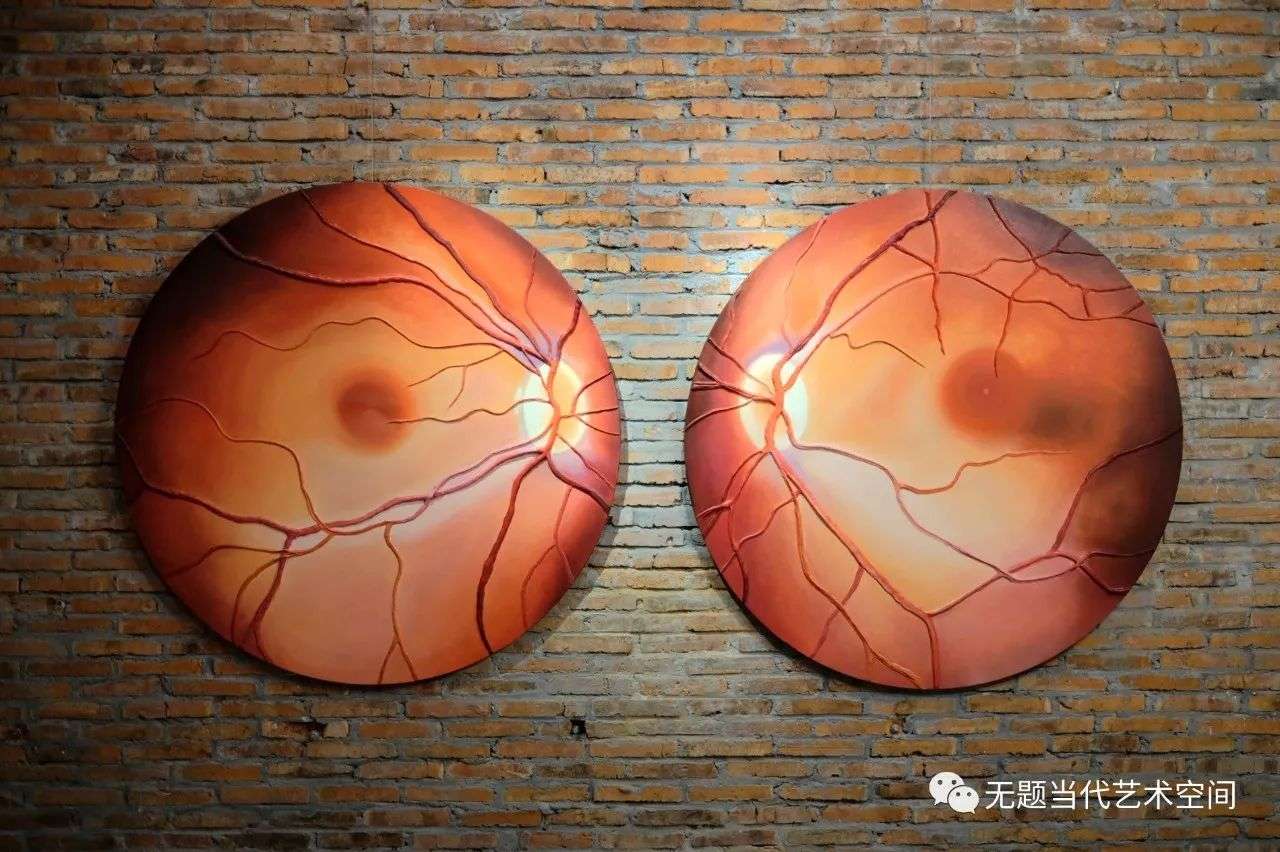
Self-Portrait, Oil on Canvas, 2017
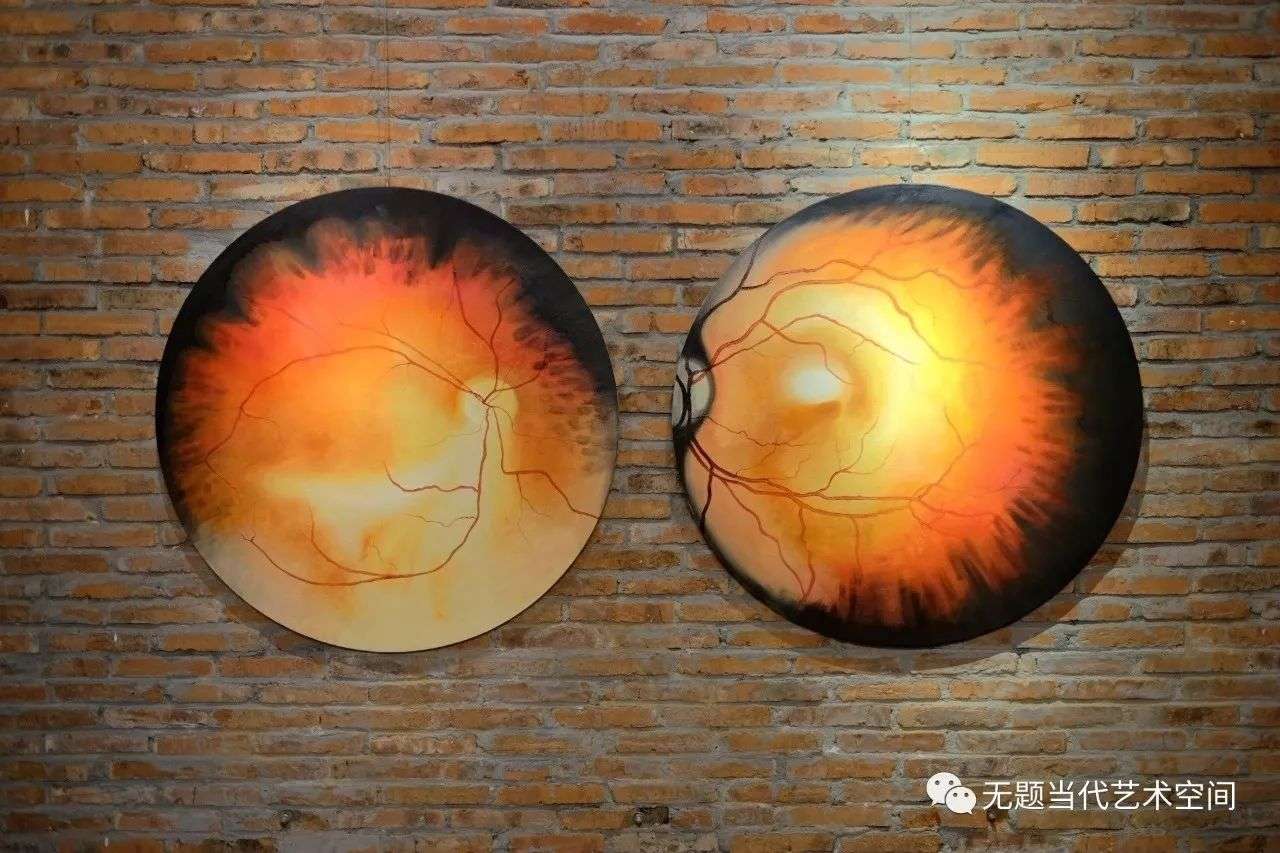
29-Year-Old Male with AIDS, Oil on Canvas, 2017
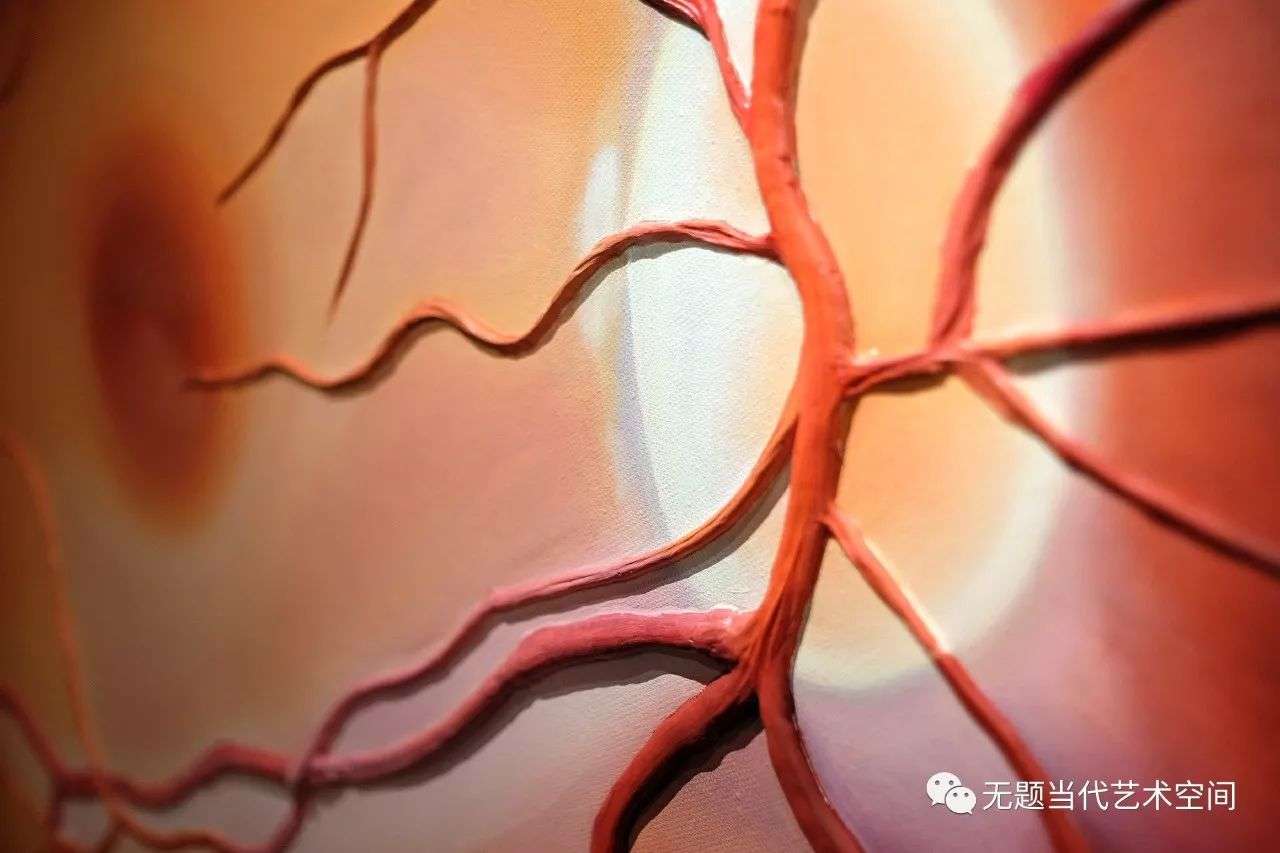
Self-Portrait, Oil on Canvas, 2017
在无题空间驻地计划创作的这个系列作品,延续了艺术家对现代社会精神与理性主义张力的考察。 所有的作品都是以医学摄影为基础,以人眼内背部照片或“眼底”照片为基础,由两个部分组成(《自画像》,《29岁男性艾滋病》)。 人类的眼睛是艺术家作品中的一个共同形象,因为他们一直把灵性或宗教的内涵作为灵魂的窗户。 而西医常常代表理性主义和启蒙运动。 因此,基于眼科照片的创作,是佳的方法去强调艺术家正在探索的紧张。
This series of works created at the Untitled Residency continues the artist’s investigation of the tension between spirituality and rationalism in modern society. All of the works are based on medical photography, with the two diptychs (Self-Portrait and 29-Year-Old Male with AIDS) based on photographs of the inner back of the human eye, or the “fundus”. The human eyes are a common image in Grizzle’s work because they have consistently carried a spiritual or religious connotation as the windows to the soul. While in contrast, western medicine often represents rationalism and the Enlightenment. Therefore paintings based on ophthalmology photographs are the ultimate way to highlight the tension Olivia is exploring.
Rodolfo Edwards(智利 Chile)
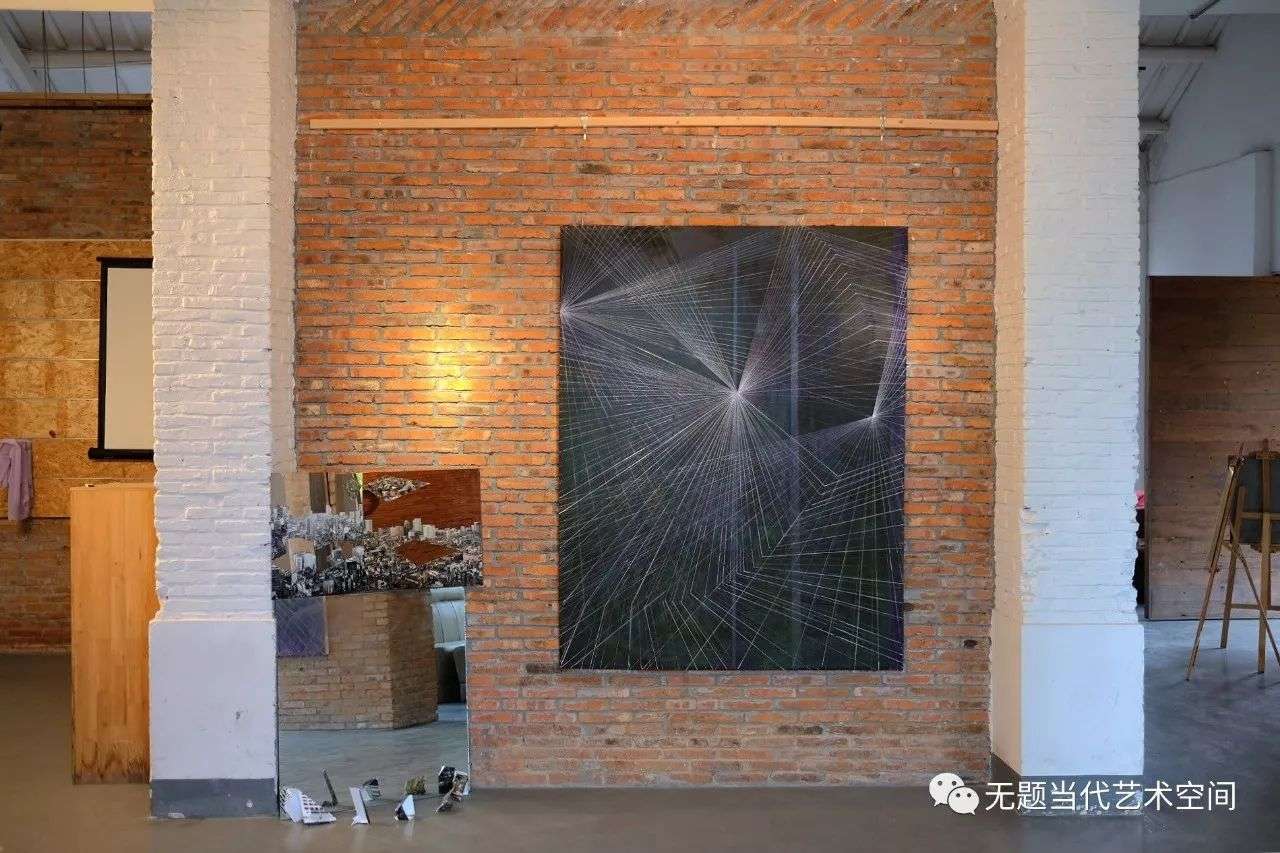
ORIGINS, Correction Pen on Canvas, 2017 / Reflecting the Older, Print on Mirrors, 2017
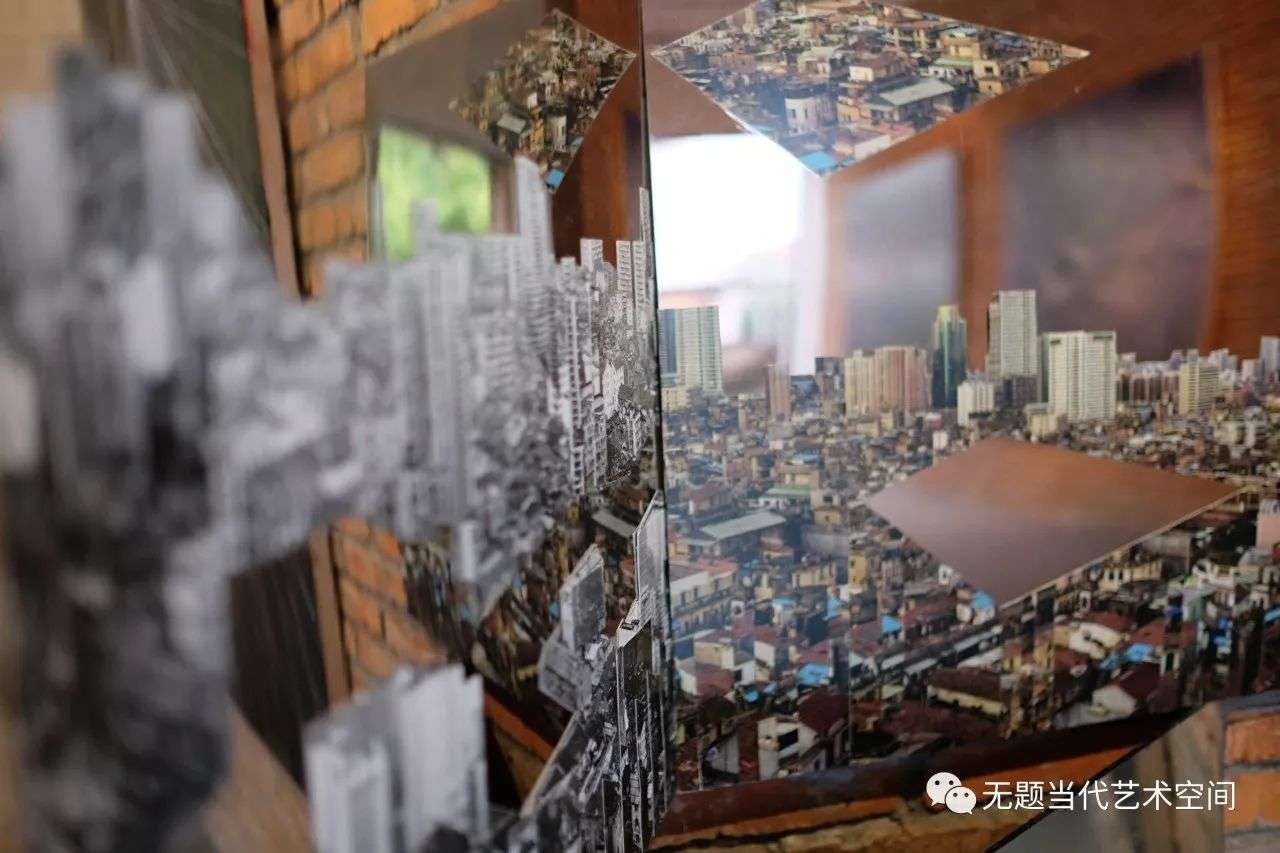
Reflecting the Older, Print on Mirrors, 2017
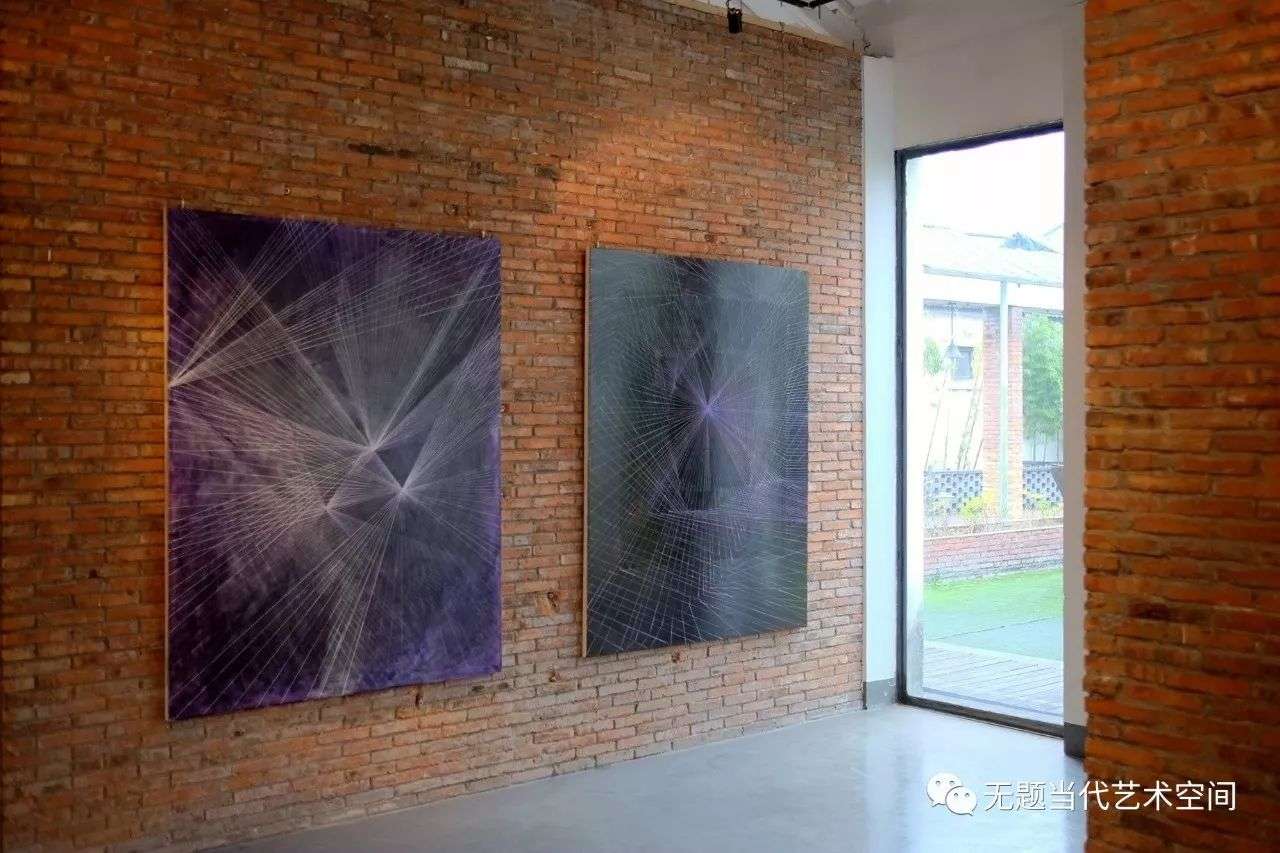
ORIGINS, Correction Pen on Canvas, 2017
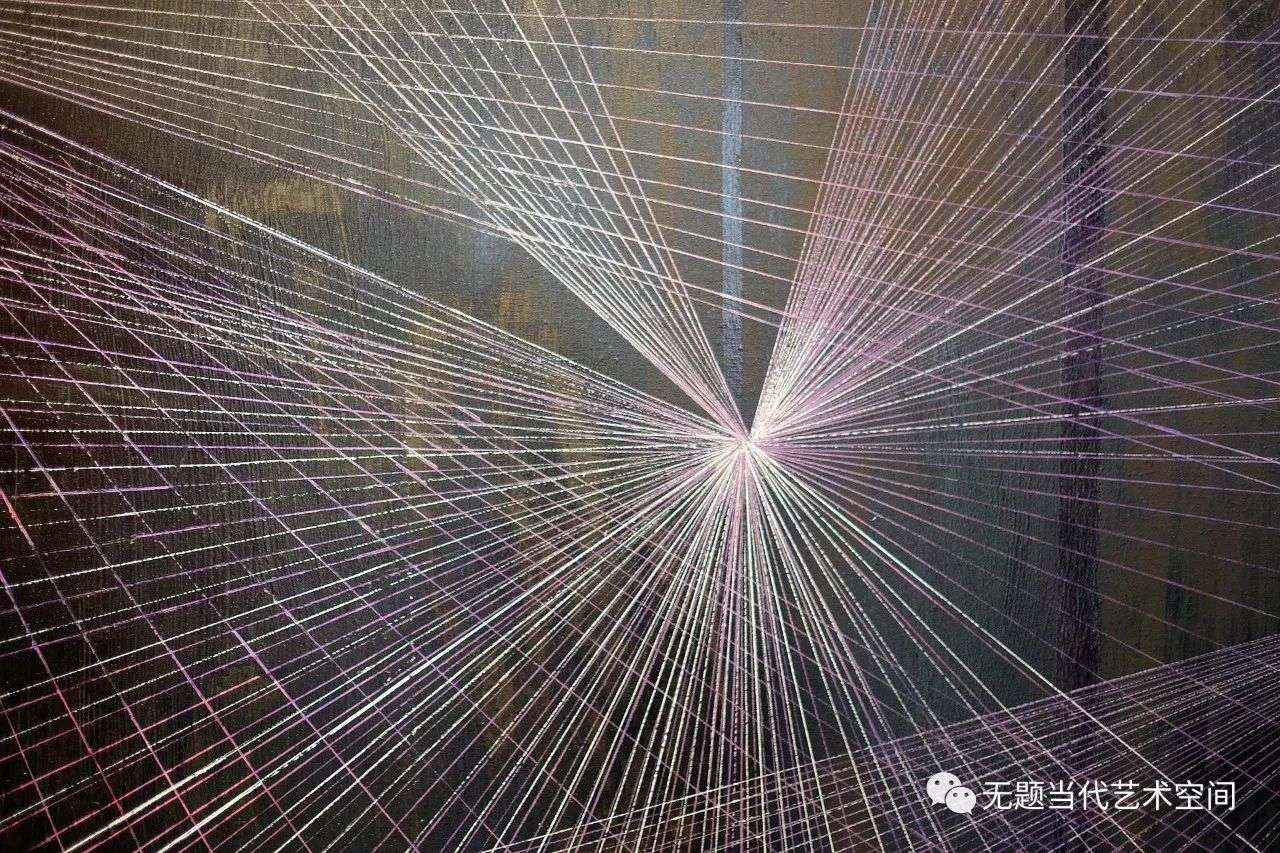
ORIGINS, Correction Pen on Canvas, 2017
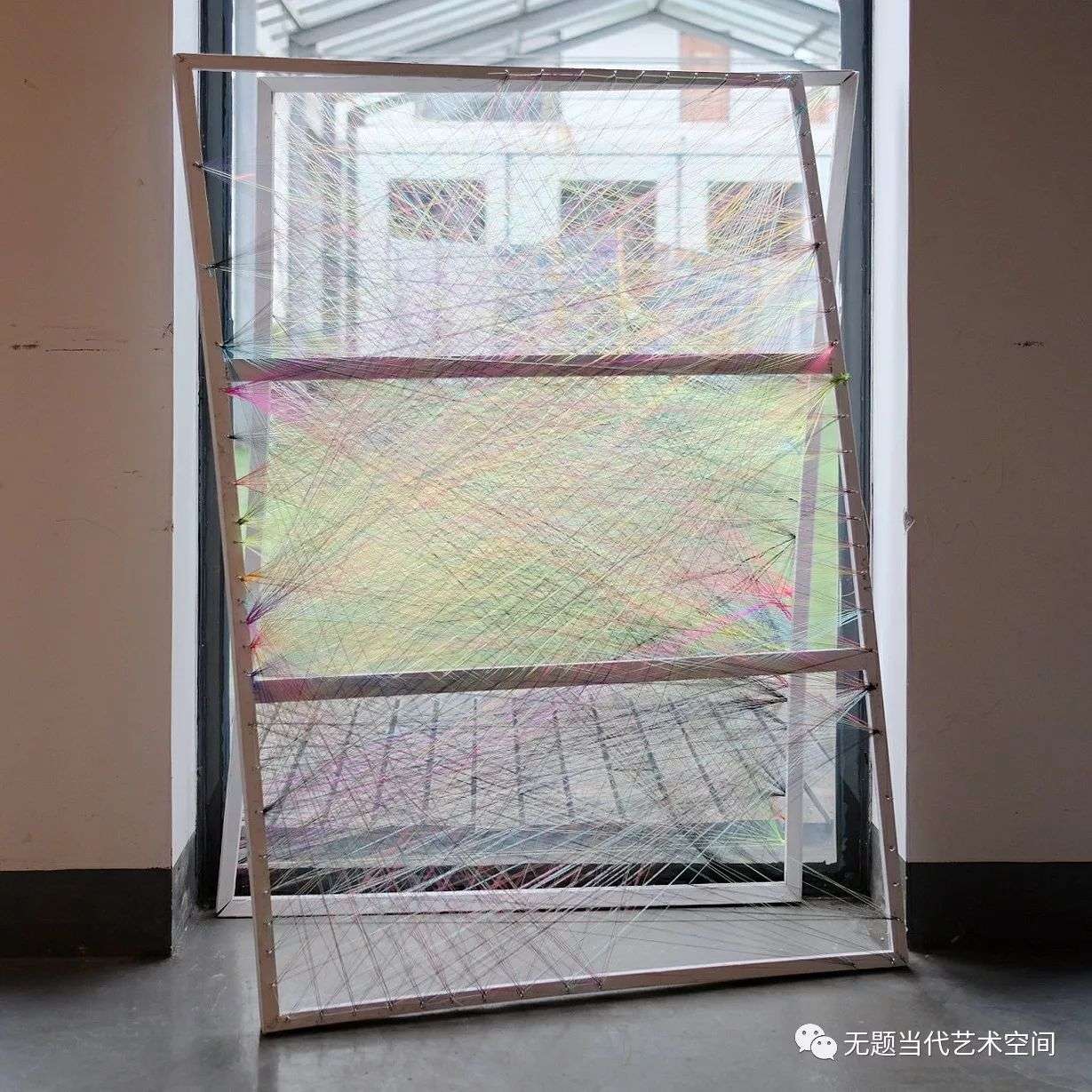
Excercise of Speed and Expansion, Mixed Media, 2017
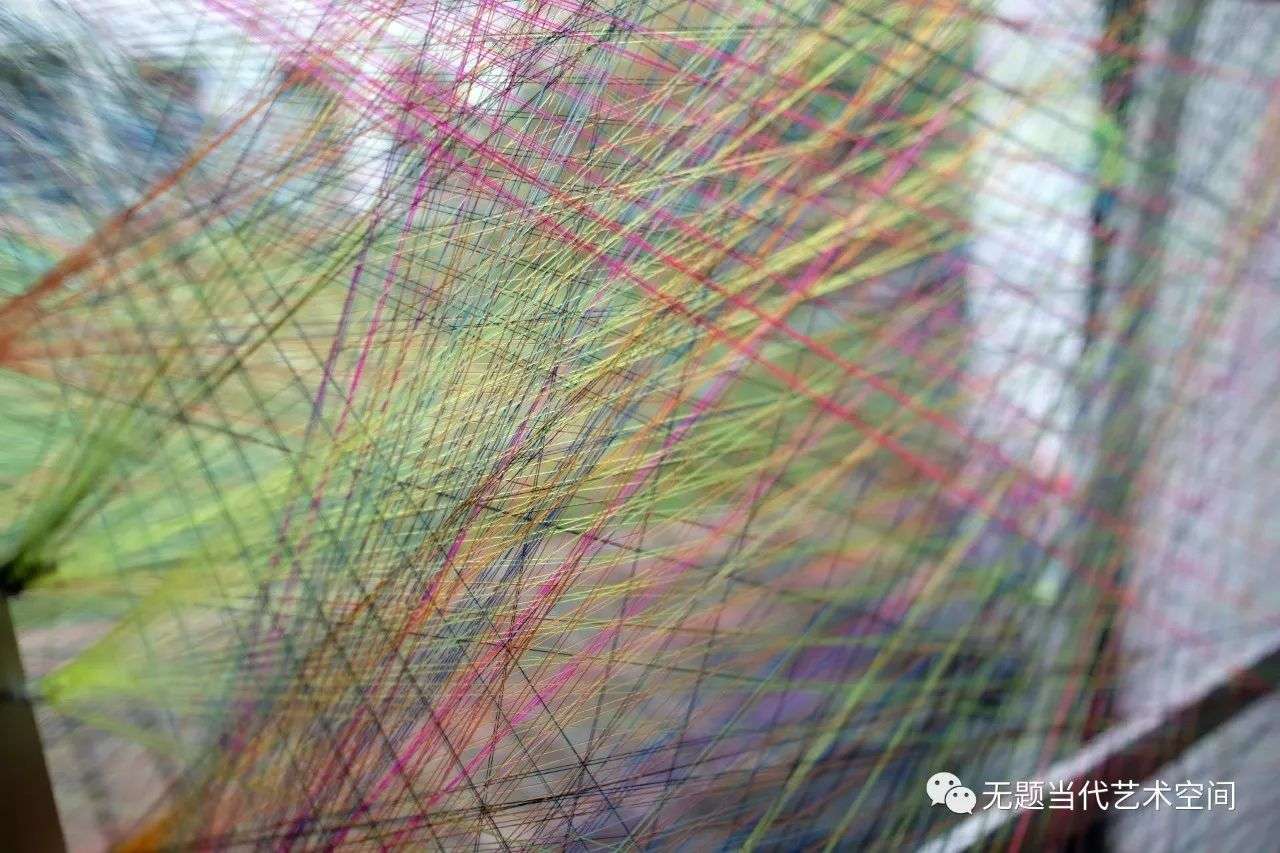
Excercise of Speed and Expansion, Mixed Media, 2017
“我的作品中的美学和话语,都是为了表现城市叙事及其人的内部转化体系在。我努力在作品中表达了稳定与变化之间,永久与短暂之间的关系,同时在一个移动的场景中构建了一个关于本土元素极限的反射空间,进入一个不确定的,统一化的空间,可以超越建筑规划 – 视图。通过这样的技法,透视放大,我表达了领土危机作为时间的统一,成为永恒转型的建筑师。从另一个角度来看,在我的大部分作品中,本土是无效化的,全球化的领土是更有利的,仿佛分裂或地理的线路将被全球化的模式所取代,出现在一个平行于由后现代的场景中.”
“The City narratives and its system of inner transformation such as its human component are aesthetically and discursively represented in my work. I express in my paintings, the relationships between stable and mutable, between permanent and ephemeral, while building a reflection space about the limits of domestic elements within a moving scene into an undetermined and generalized space, open to endless directions which exceed the architectural plan-view. Through such technique, perspective amplification, I state the territory crisis as a unity within time, becoming the architect of eternal transformation. From another angle, in most of my work is present there, the invalidation of the local, favoring the global territory, as if the dividing or geographical lines would be displaced by the globalized model, understanding urbanism at a parallel level to the interior in a scene guided by the postmodern access.”
Yen Phang(新加坡 Singapore)
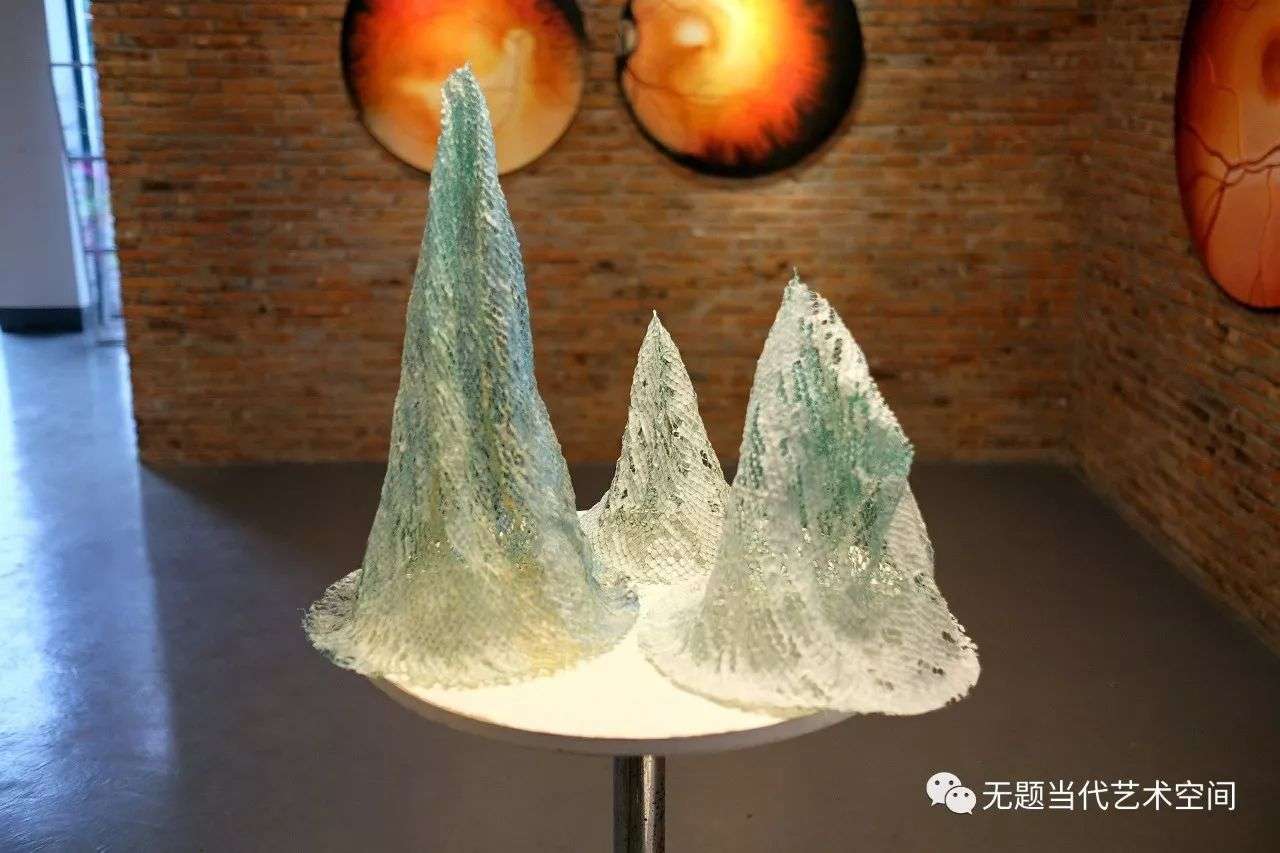
Clean River, Soap on Fishing Net, 2017
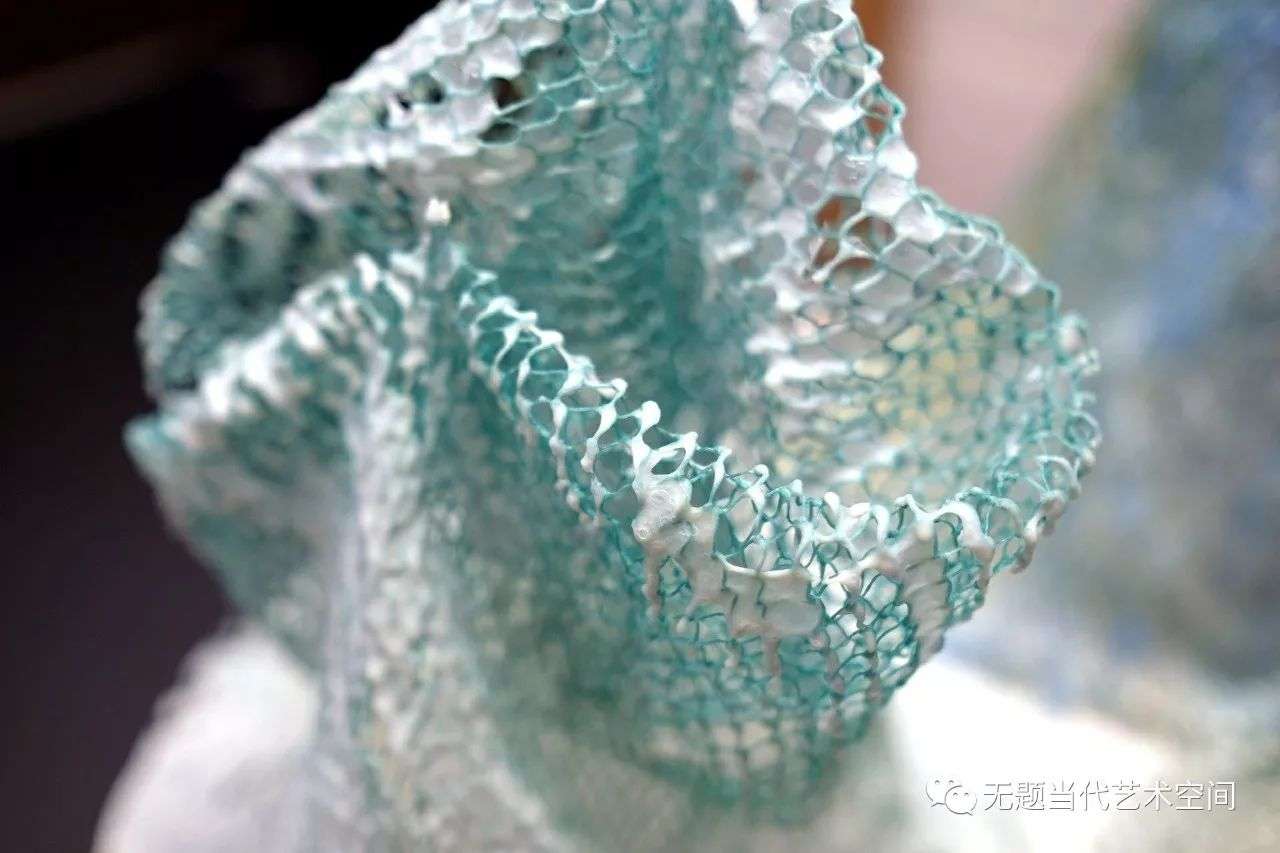
Clean River, Soap on Fishing Net, 2017
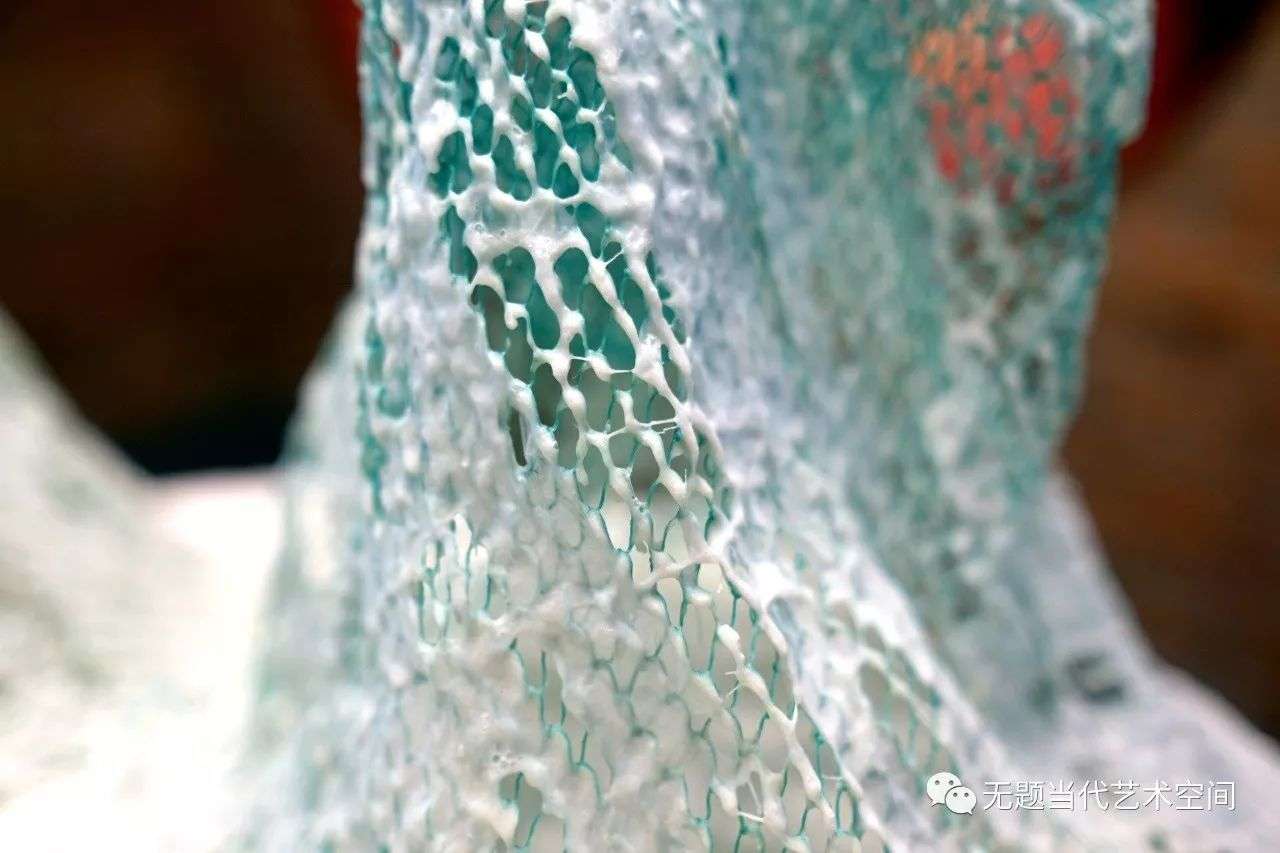
Clean River, Soap on Fishing Net, 2017
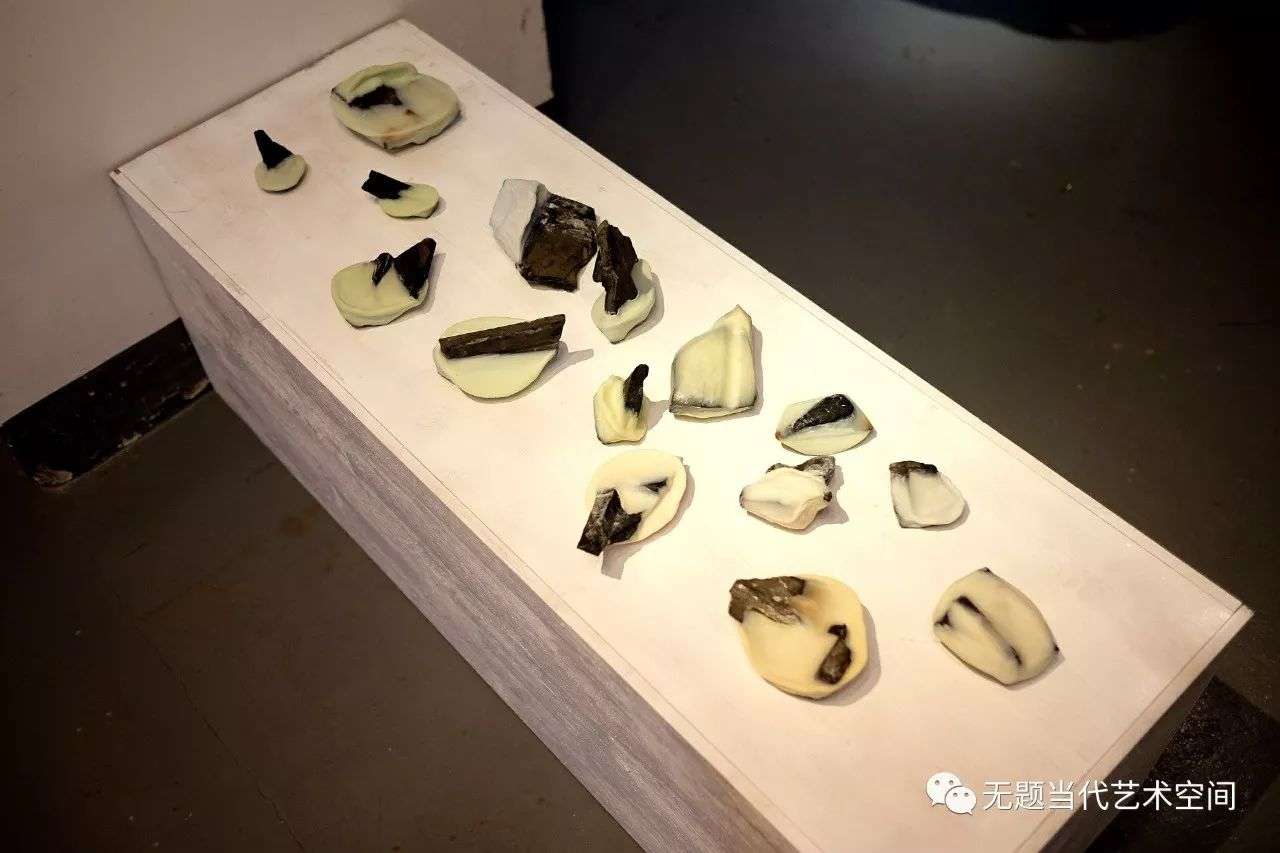
How To Wear White, Soap and Broken Tile, 2017
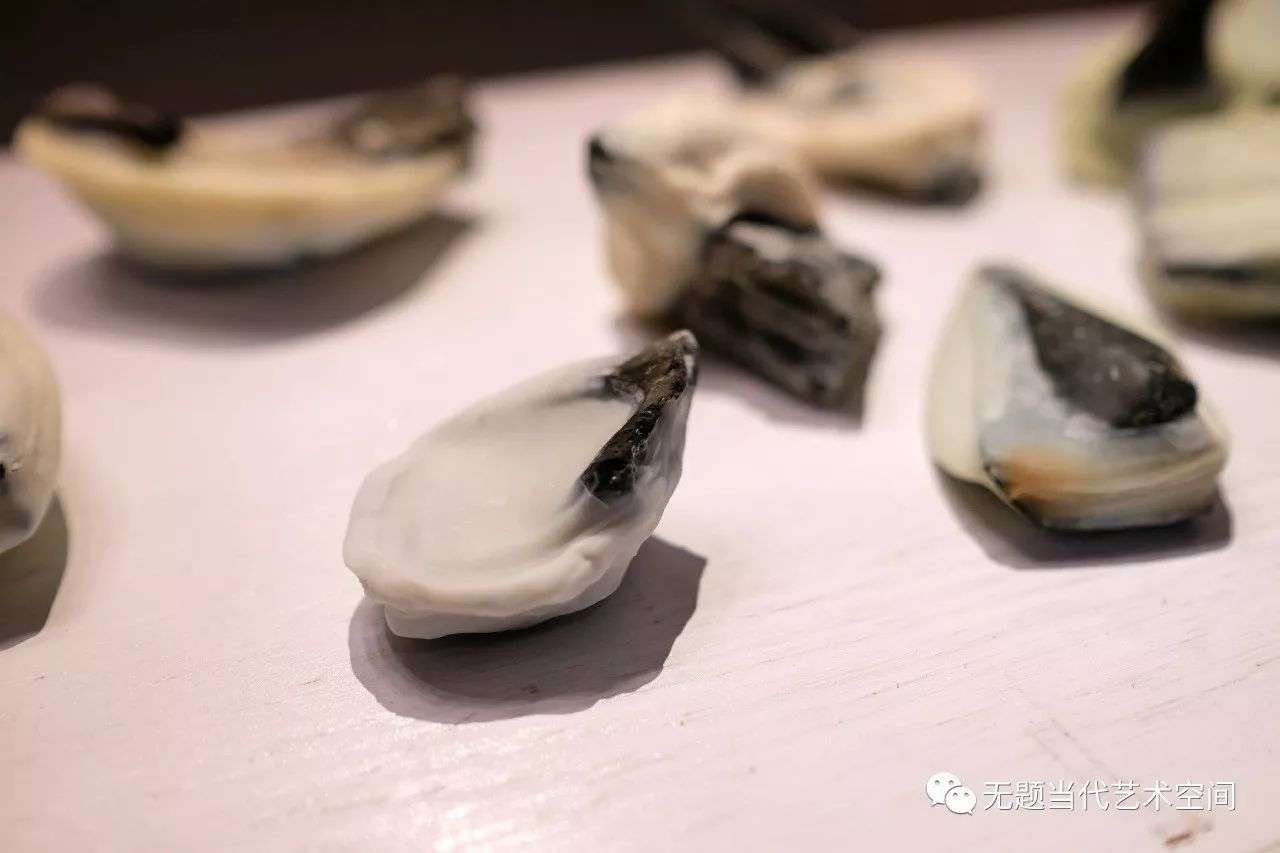
How To Wear White, Soap and Broken Tile, 2017
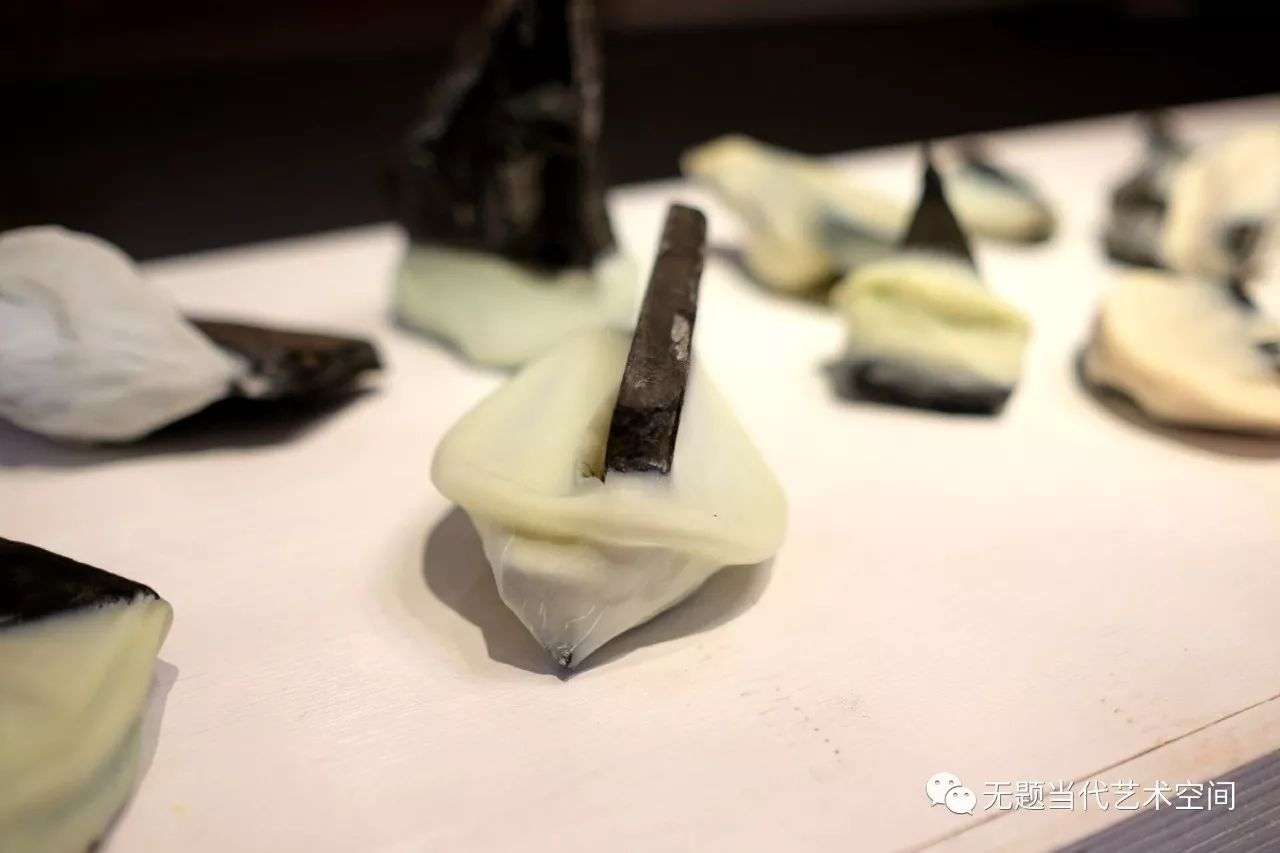
How To Wear White, Soap and Broken Tile, 2017
“我们如何看待“干净”? 在“干净的河”,“寻找卫生间”,“如何穿白色”中,我主要使用溶化的肥皂作为绘画的媒介。 它不是一个单独的项目,而是一个发展我的绘画实践的各种运动,通过使用肥皂画渔网和墙壁部分,以及装满碎瓦片的碎片。 毕竟,当我们谈论身体卫生和健康的景观(一个有功能的身体或身体政治)或者其相应的道德联想时,什么是“干净的”? 无论是作为负面的空间还是对现存的物体施加的物质,还是白色变成故意的色彩或非色彩。”
“How do we see “clean”? In “Clean River”, “Looking for the WC”, and “How to Wear White”, I use mainly melted bar soap as a painterly medium. It resulted not so much in a singular project, but a development of my painting practice in various movements, by using soap to paint fishing nets and wall sections, as well as encasing fragments of broken roof tiles. What is “clean” after all when depicted materially, whether we’re talking about body-hygiene and the landscape of health (of a functioning body or body politic), or its corresponding moral associations? What becomes of white, whether as negative space or material imposition on existing objects, as deliberate hue or non-color.”
展览开幕式 Exhibition Opening
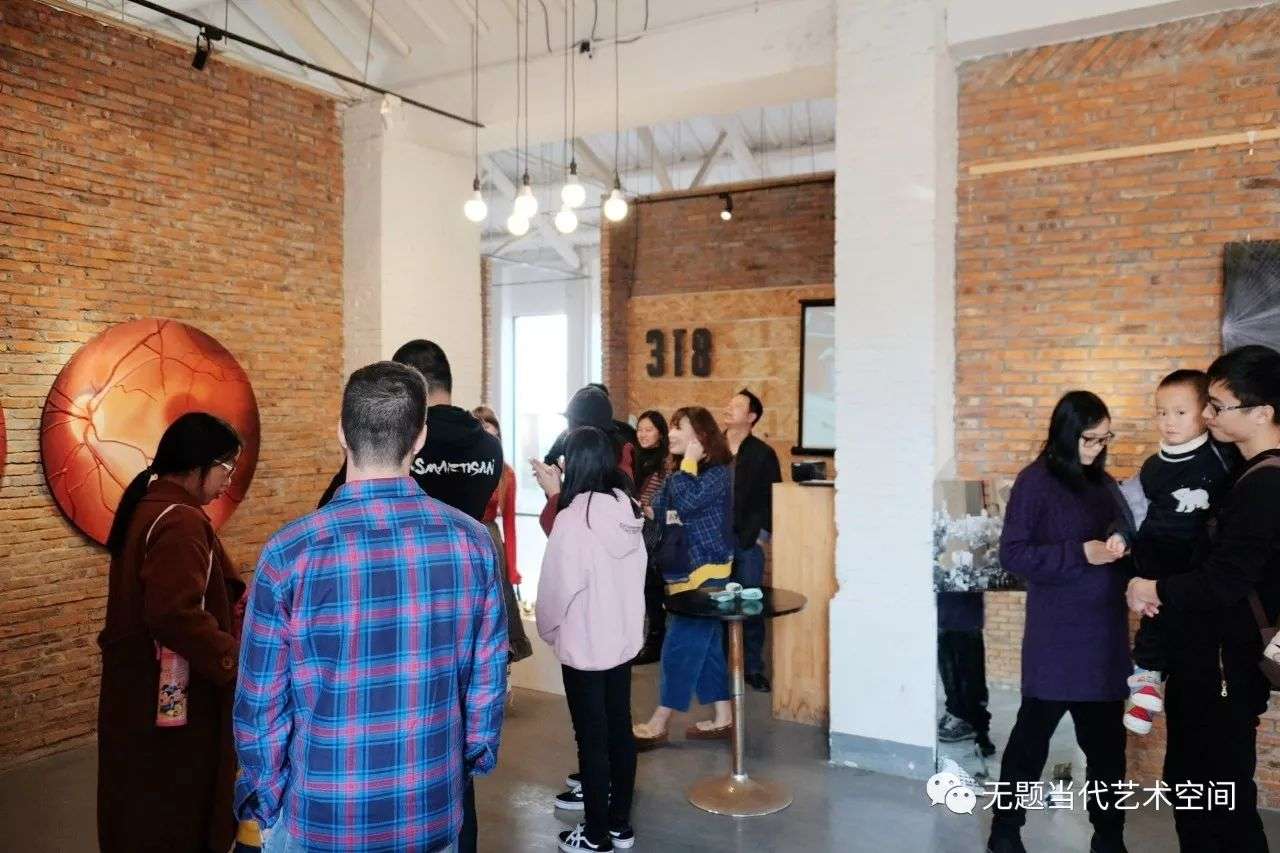
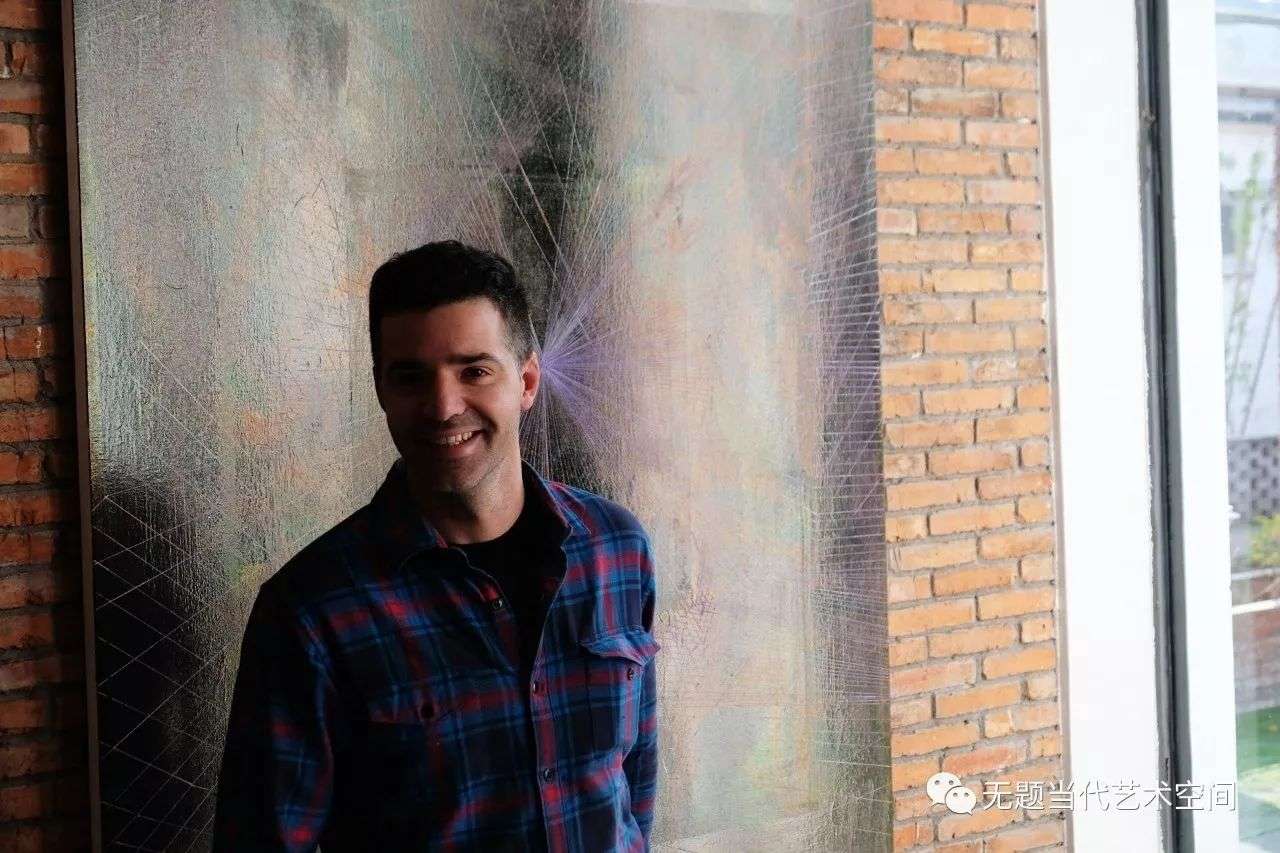
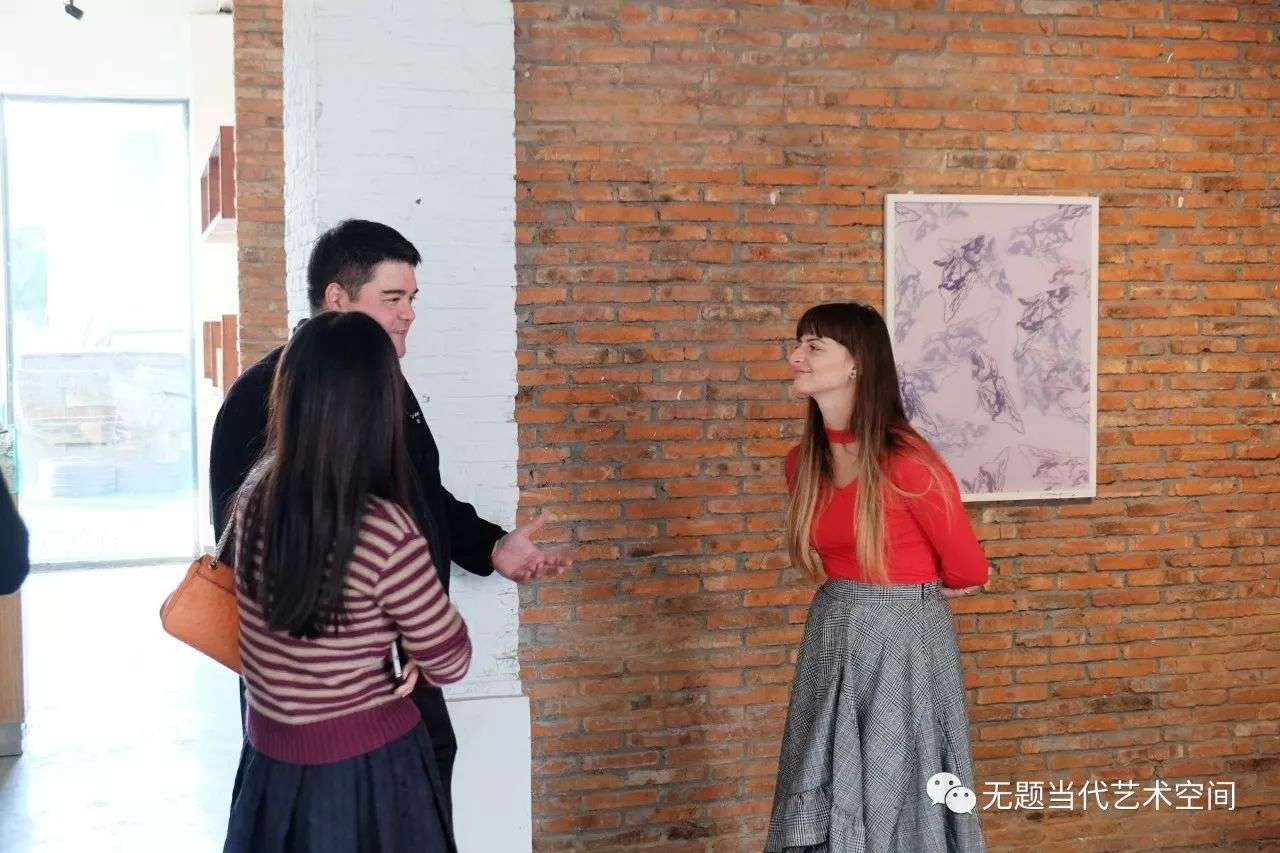
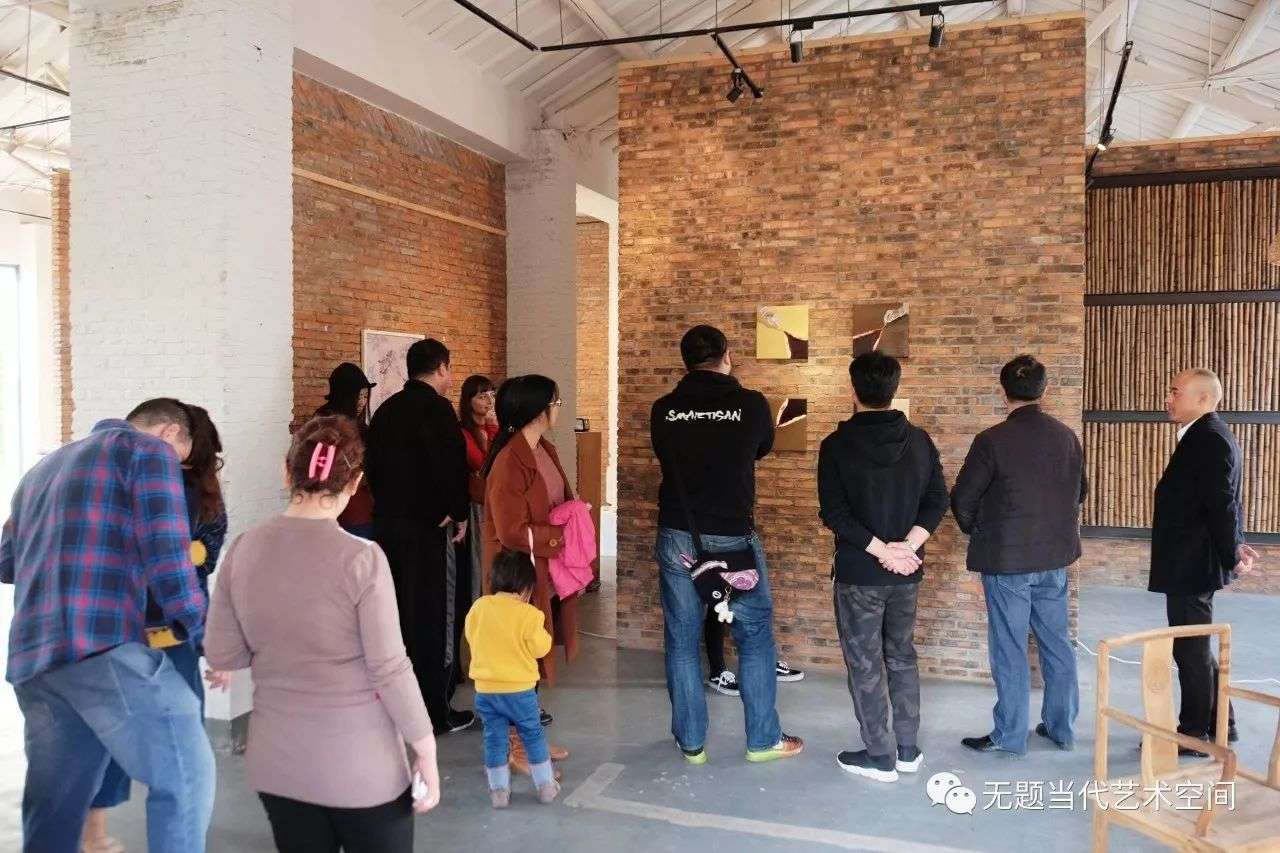
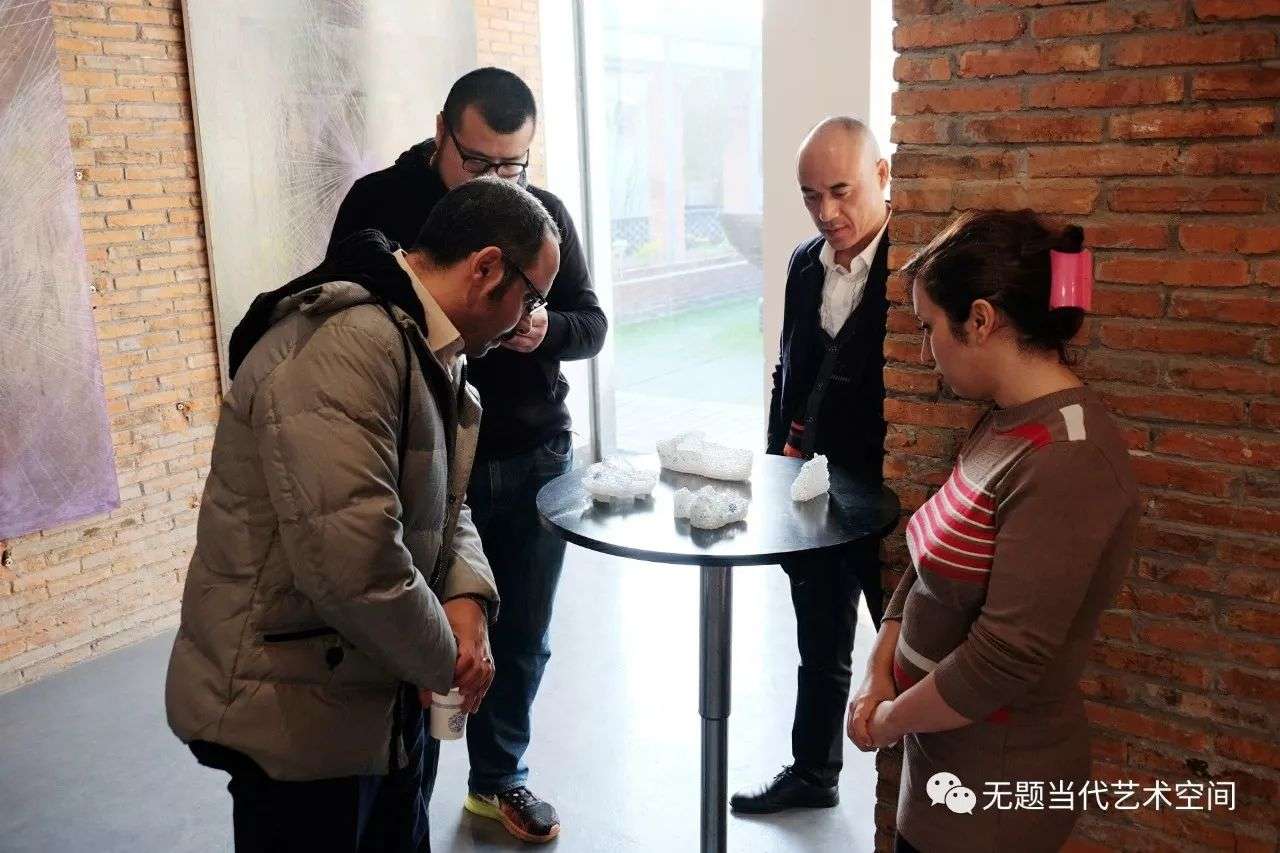
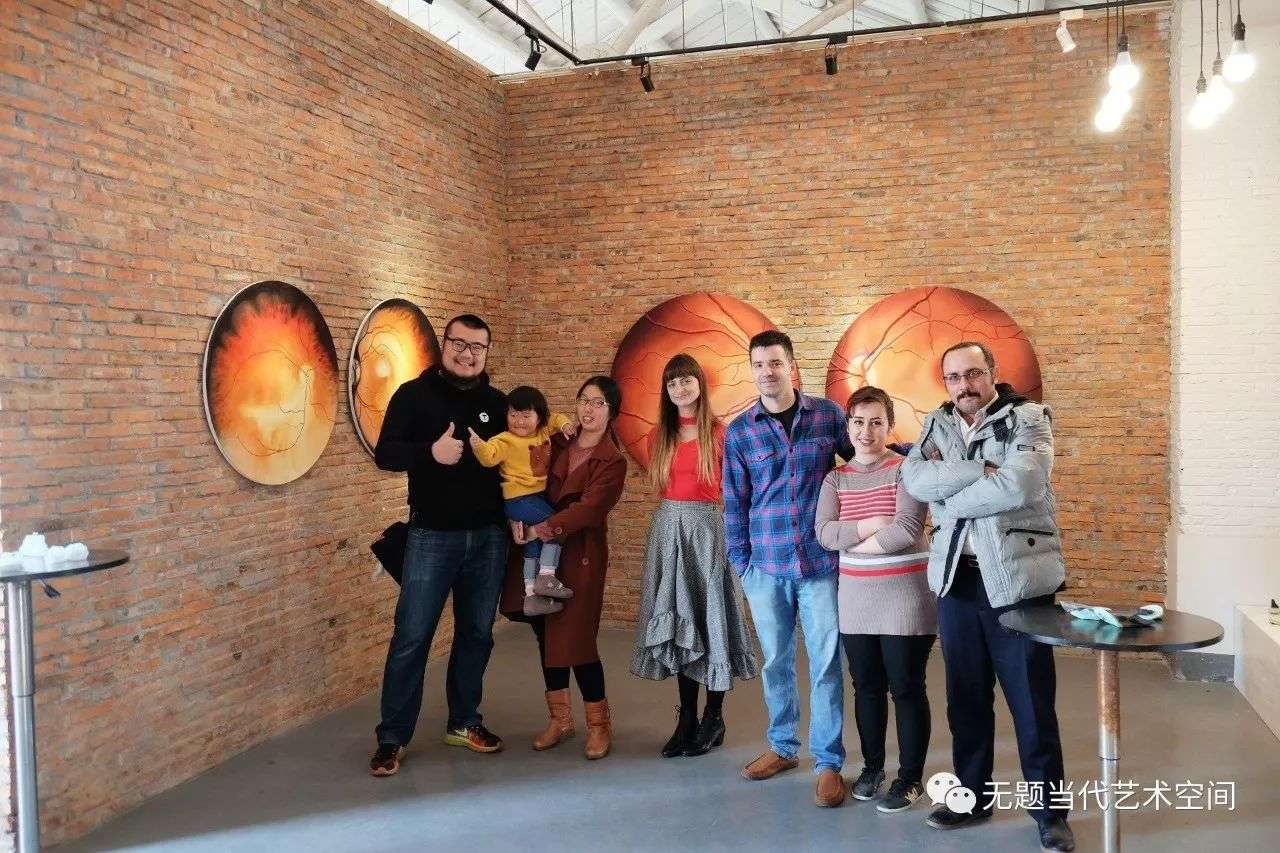
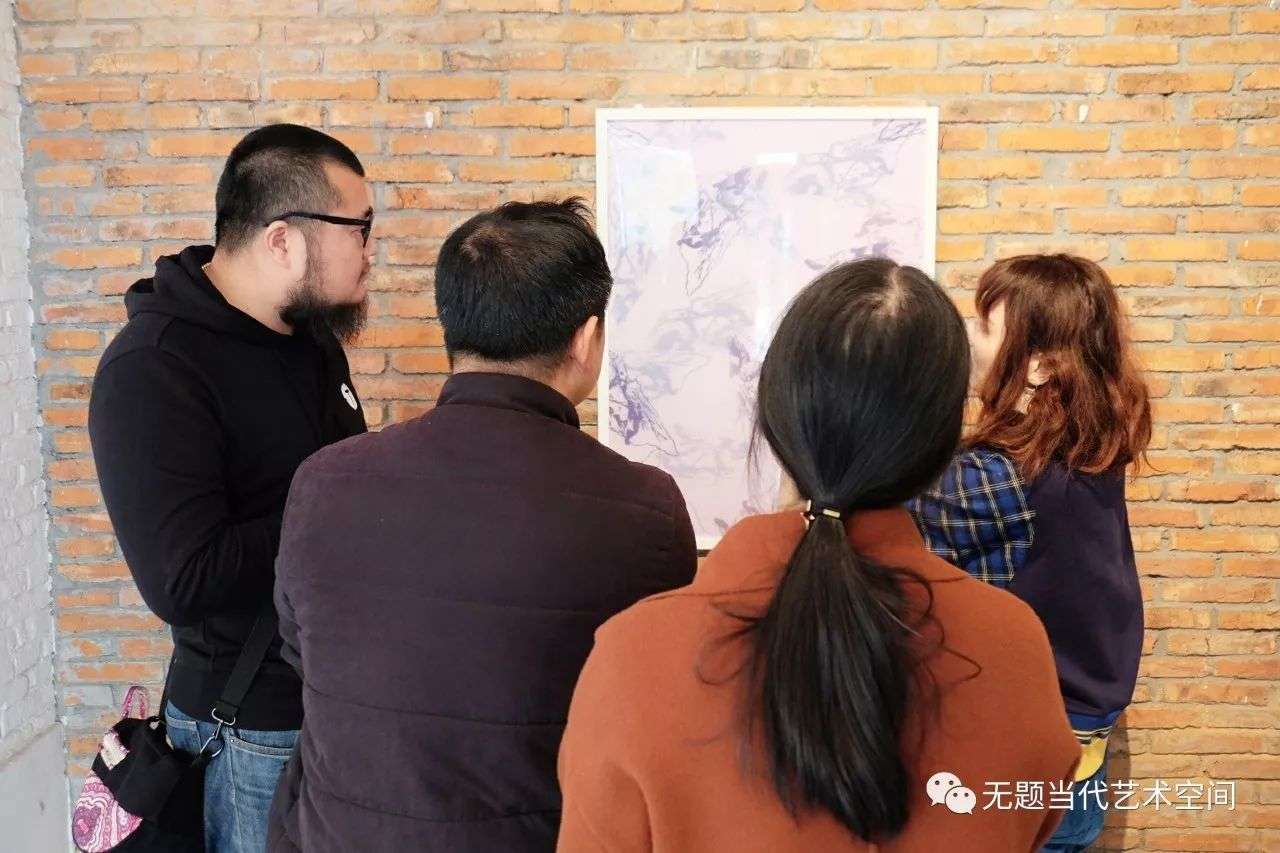
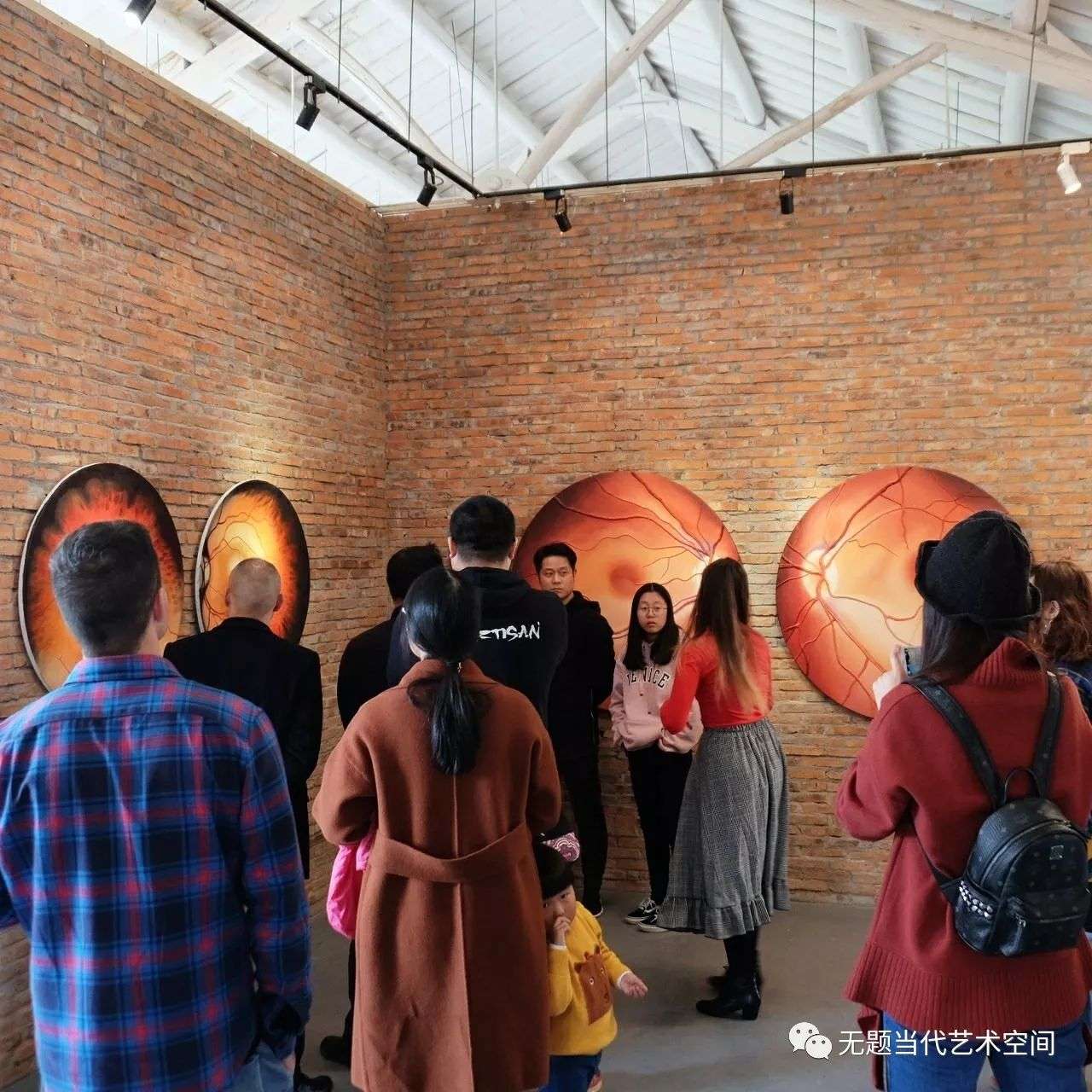
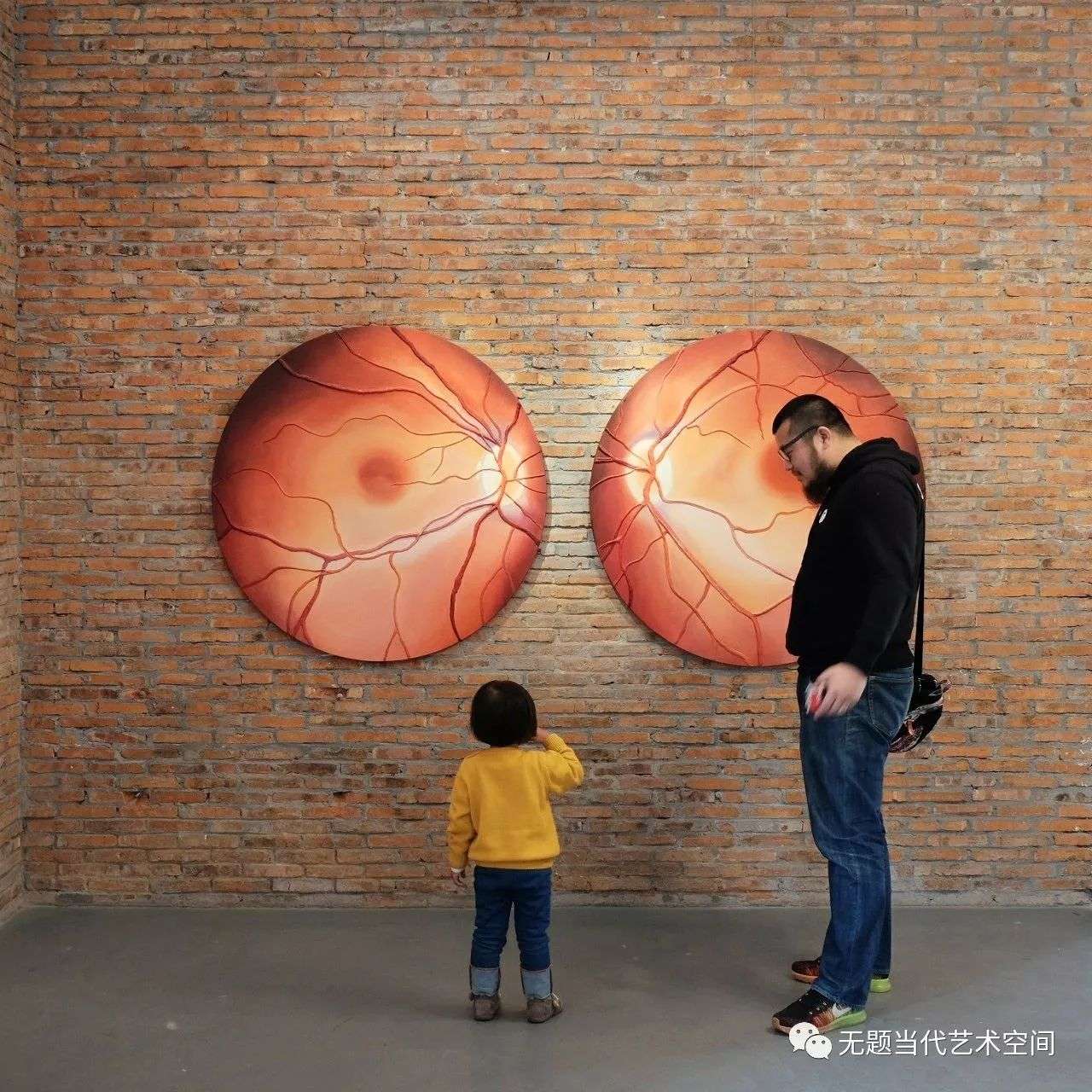
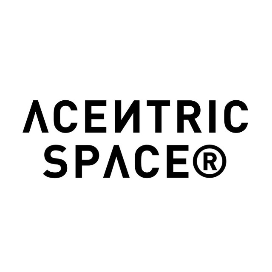
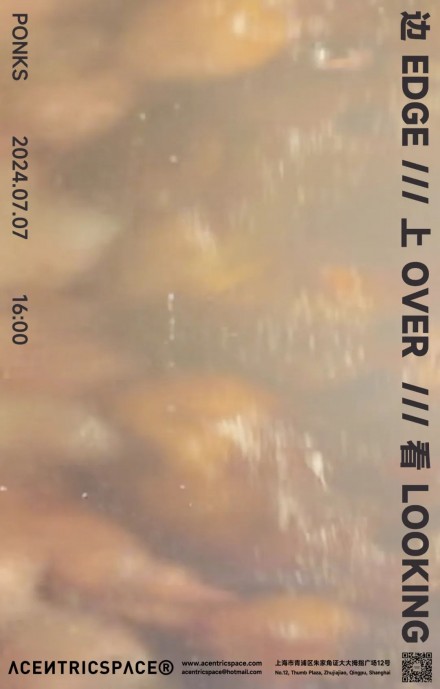
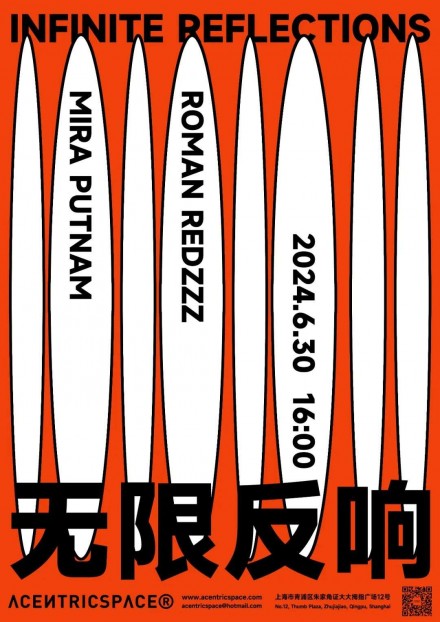
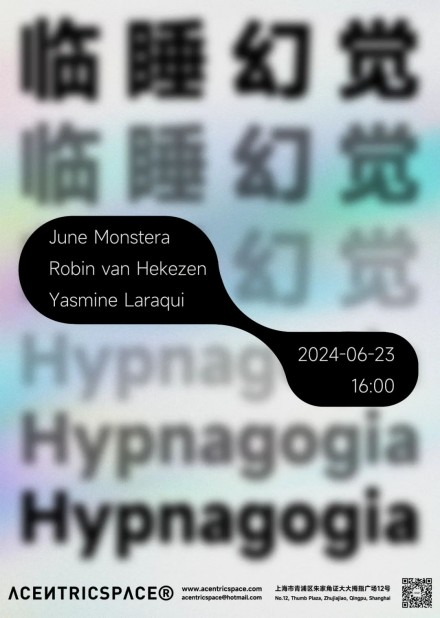
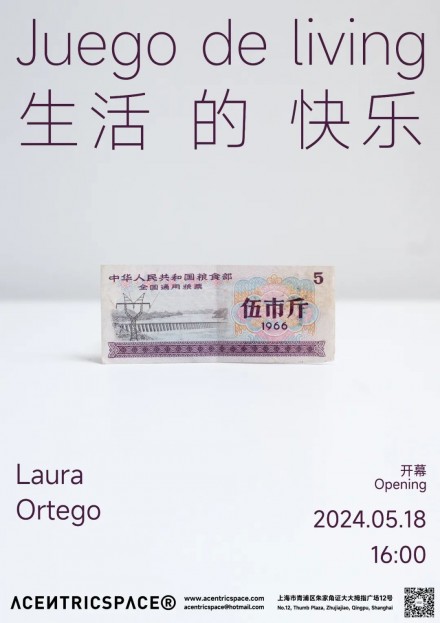
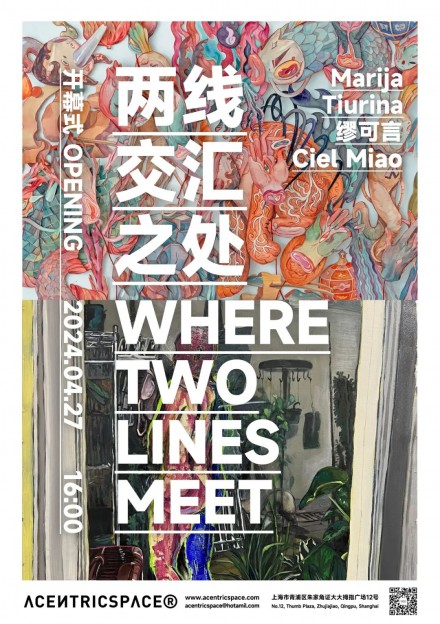
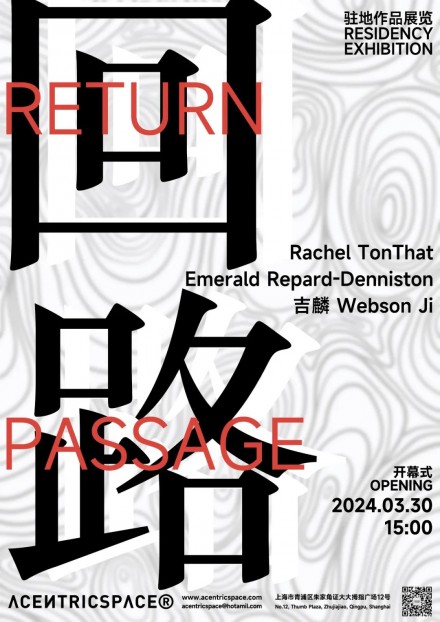
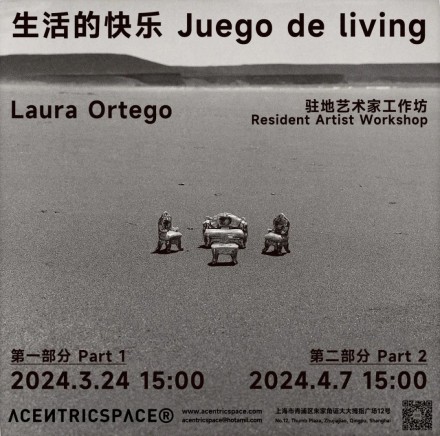
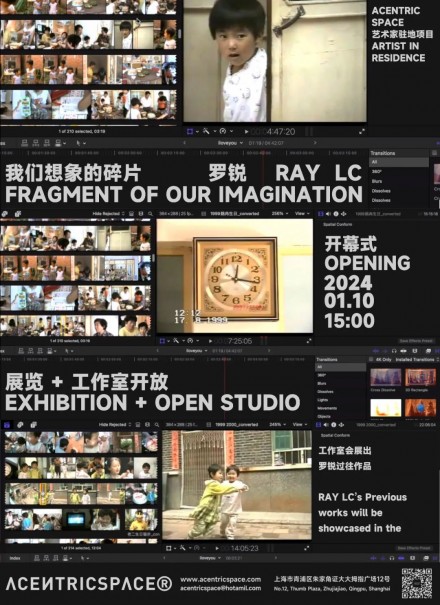
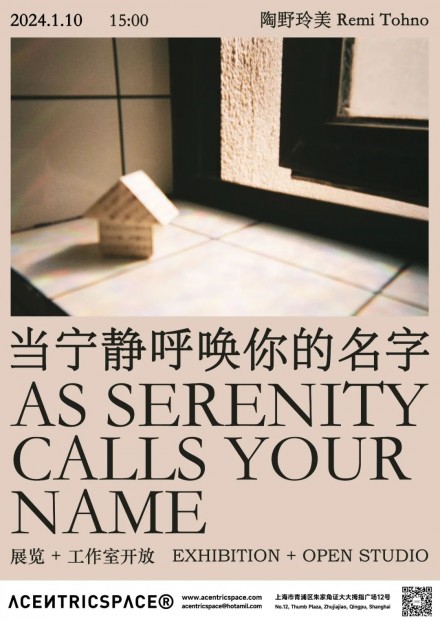
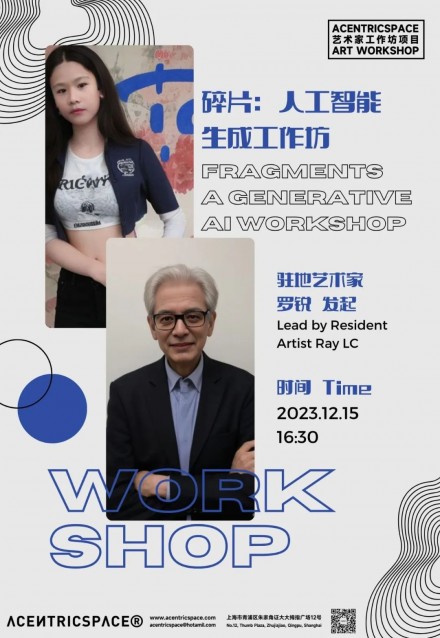
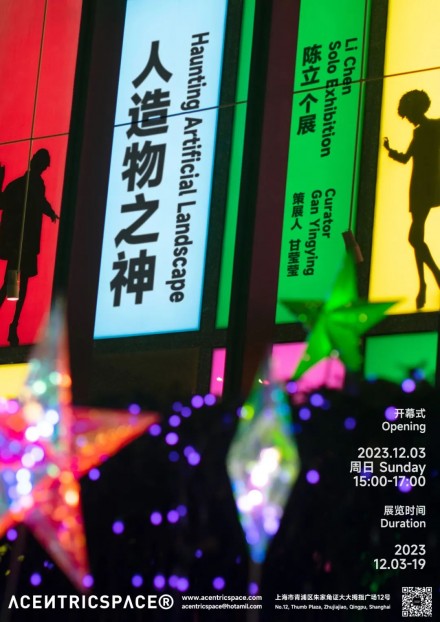
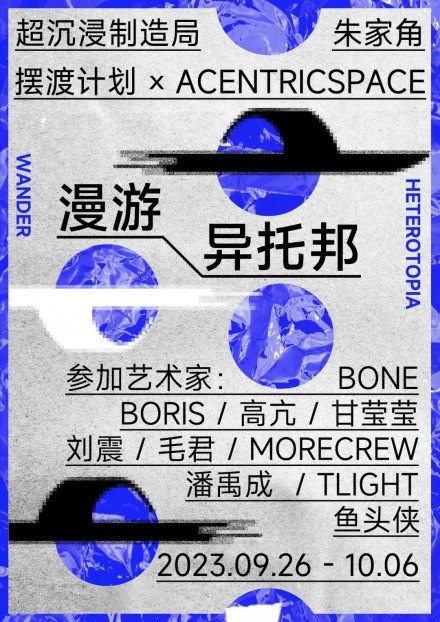
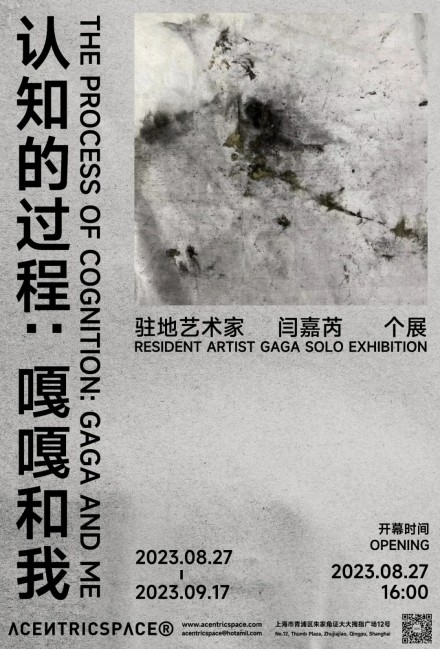
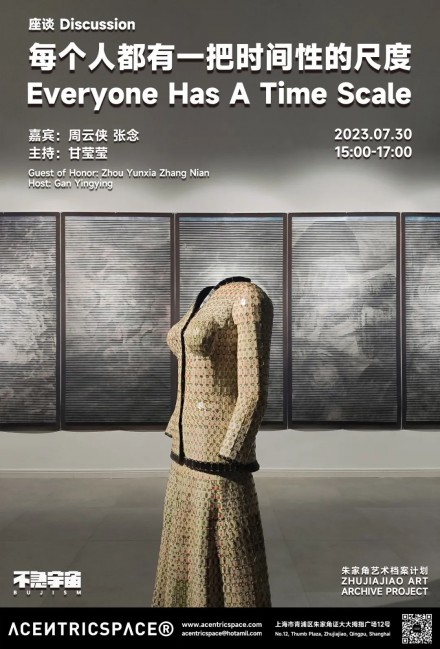
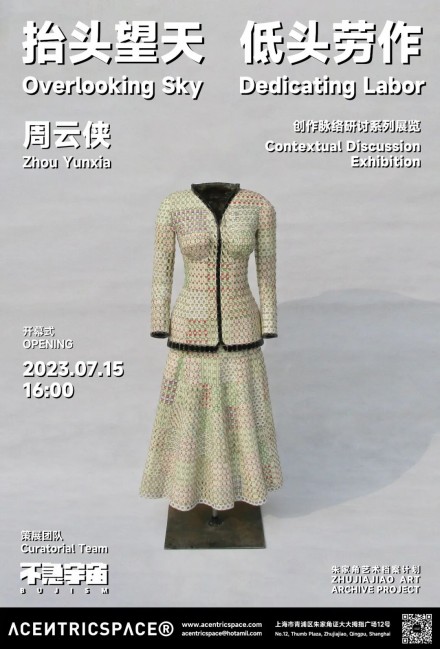
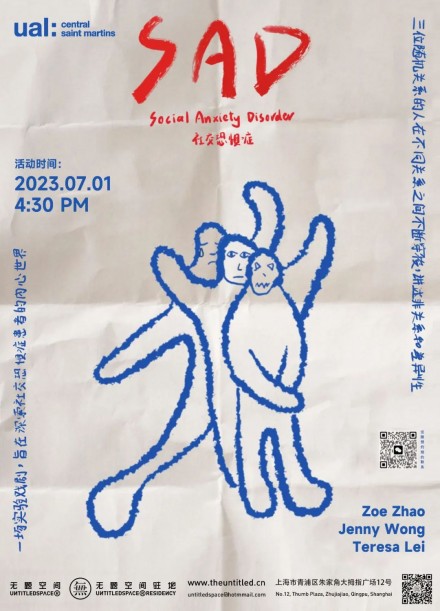
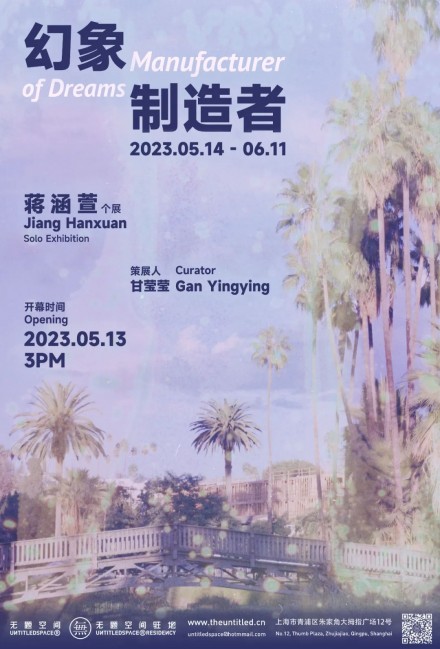
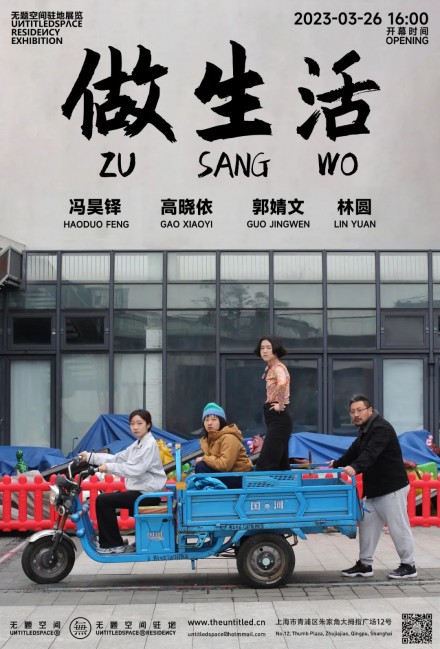
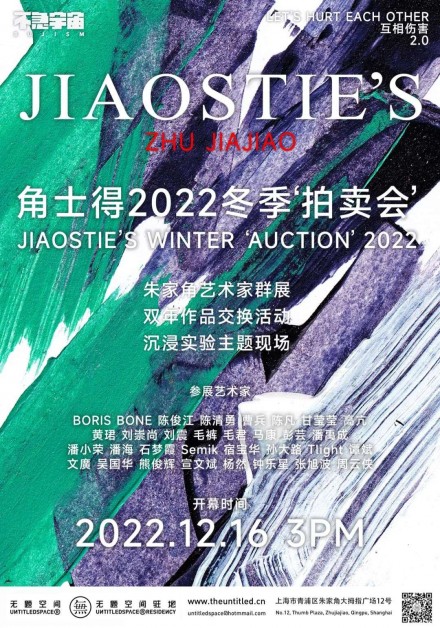
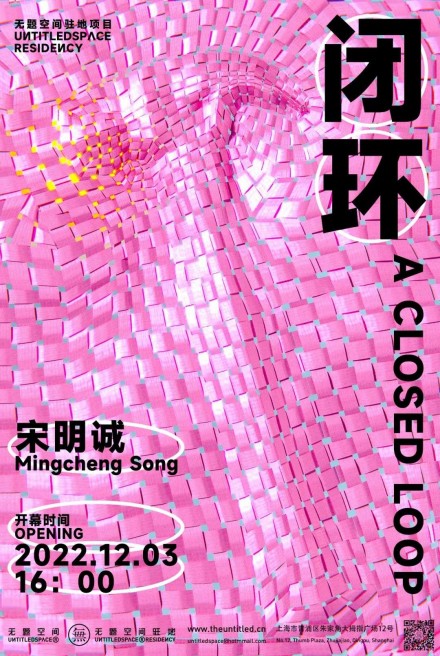
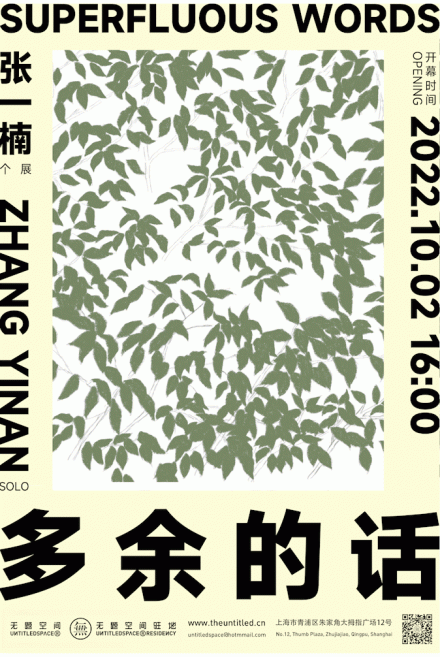
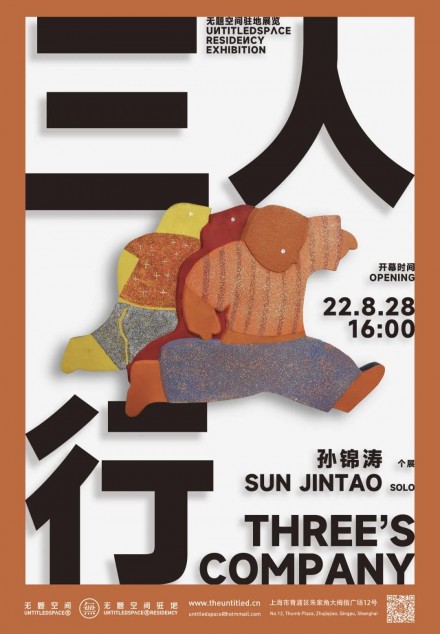
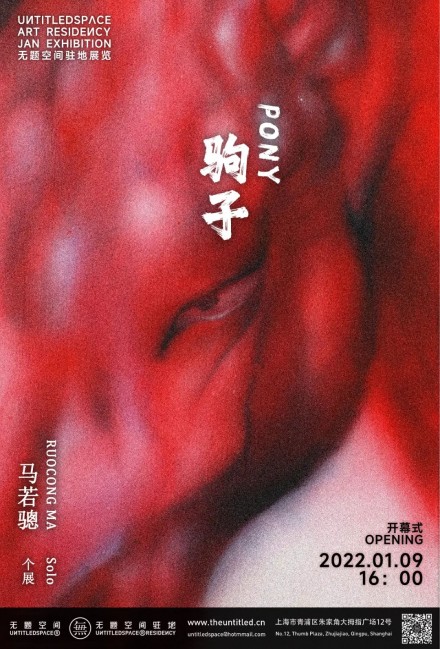
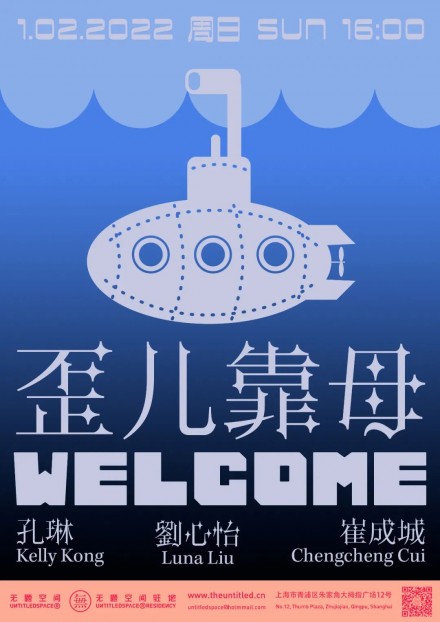
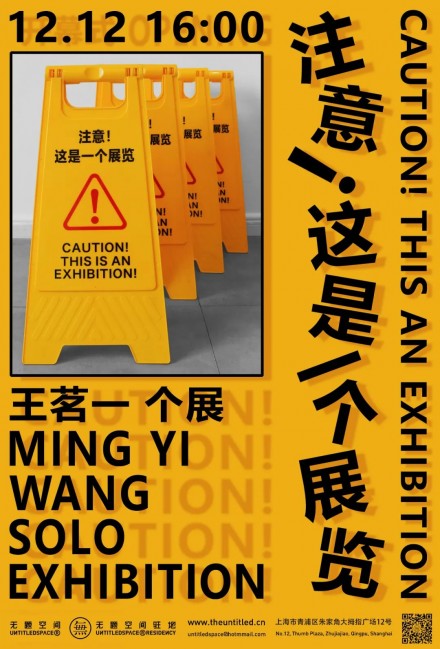
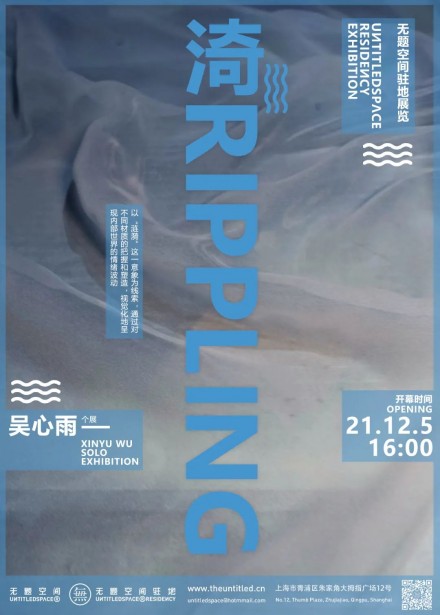
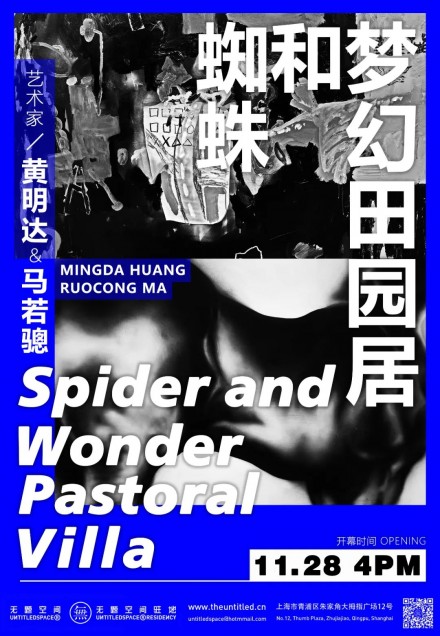
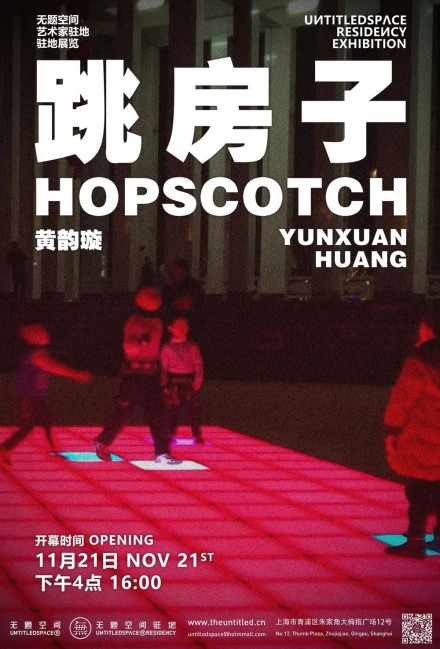
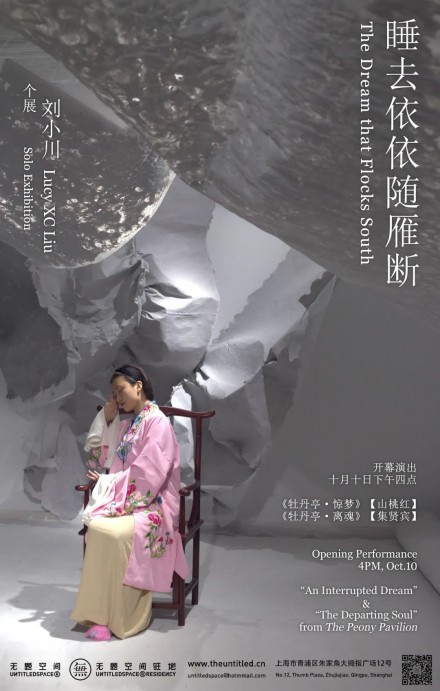
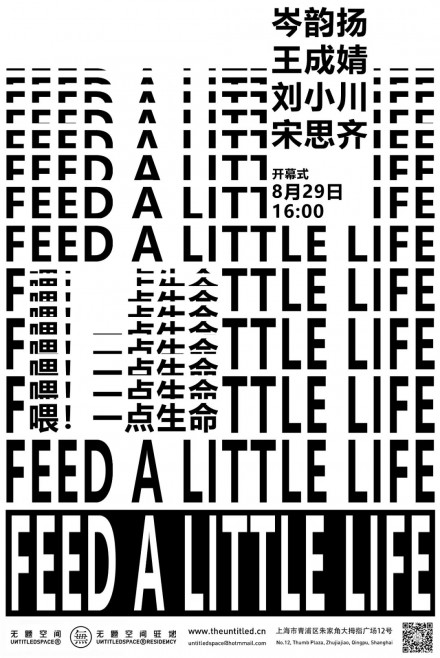
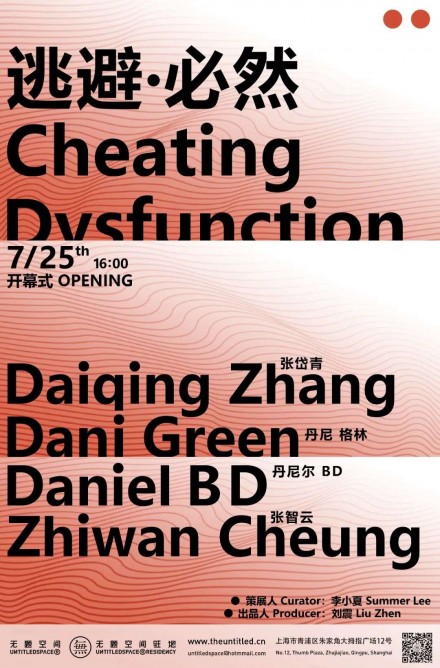
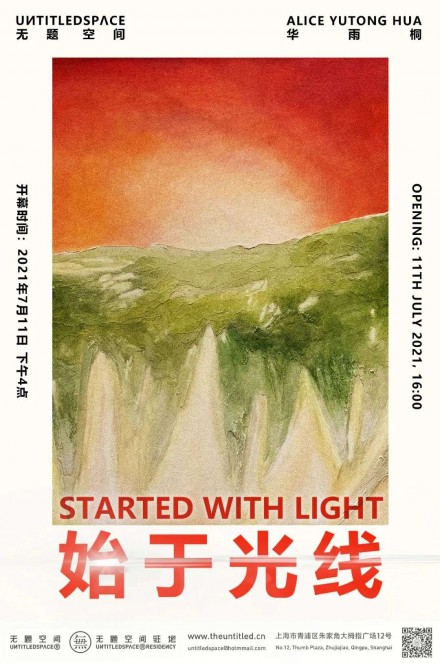
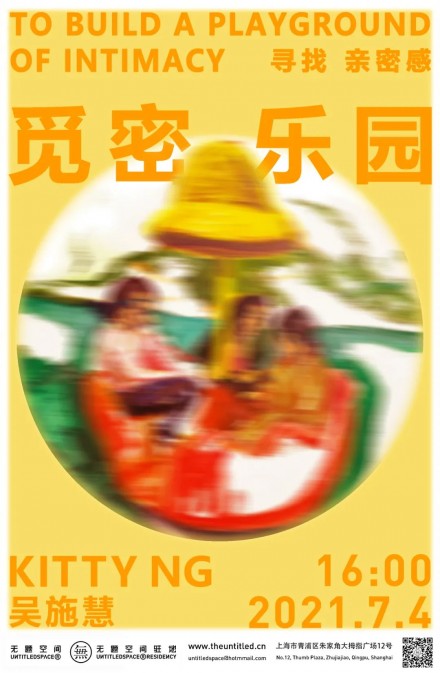
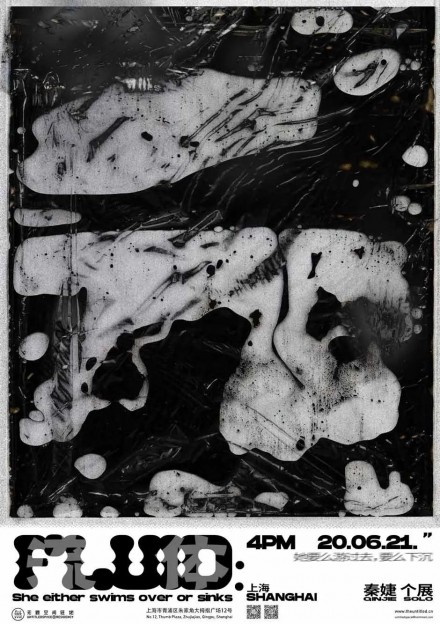
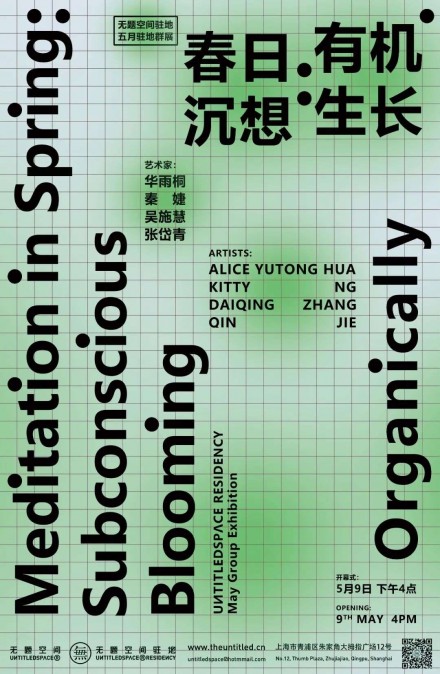

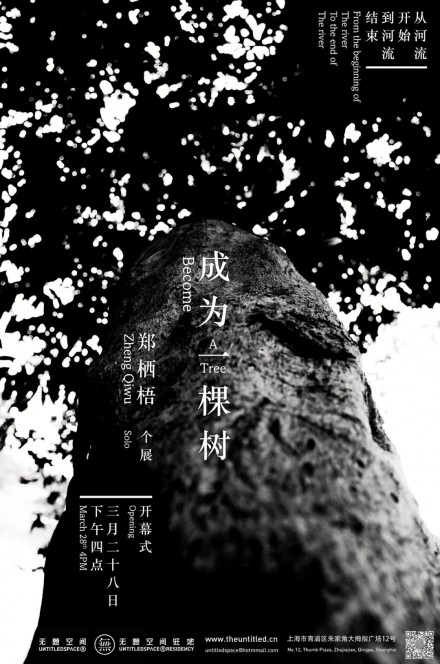
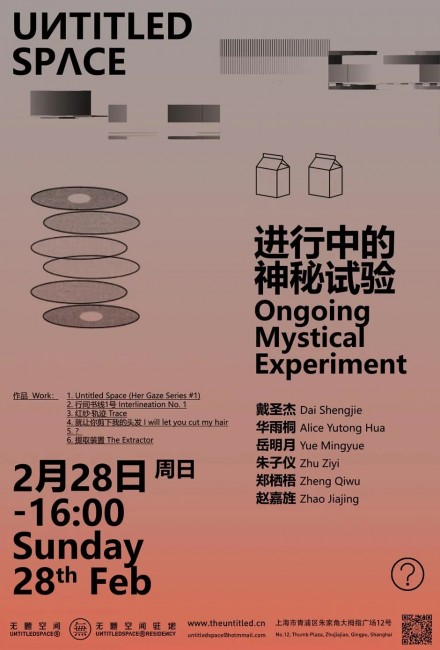
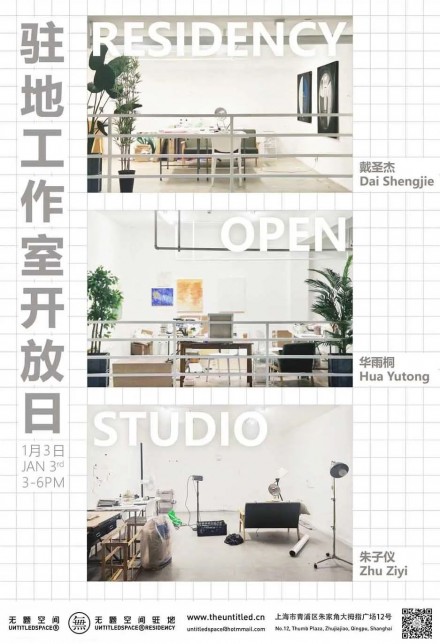
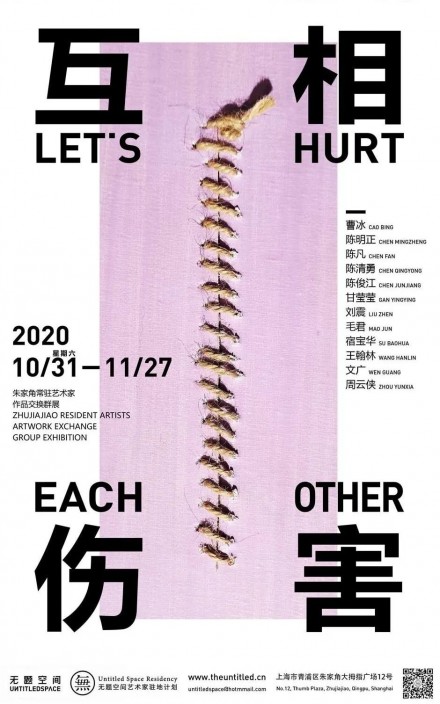
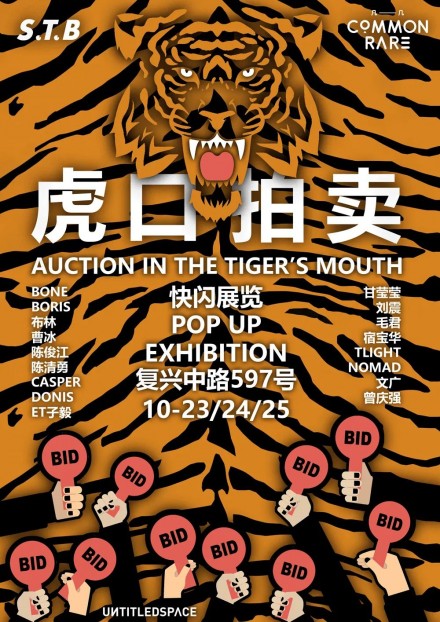
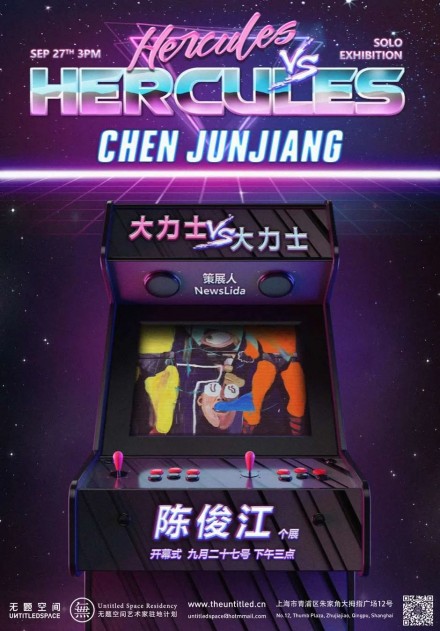
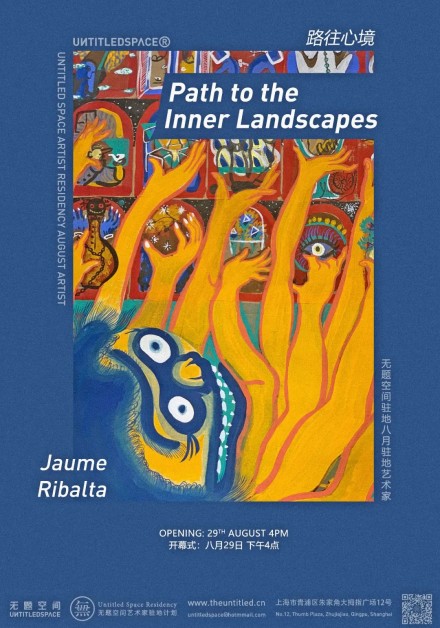
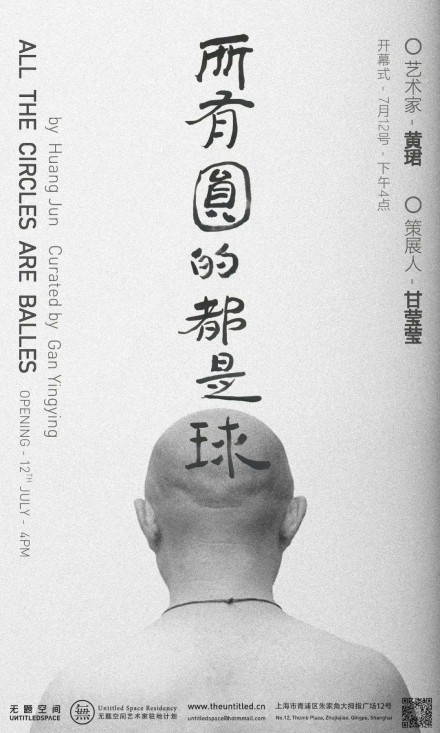
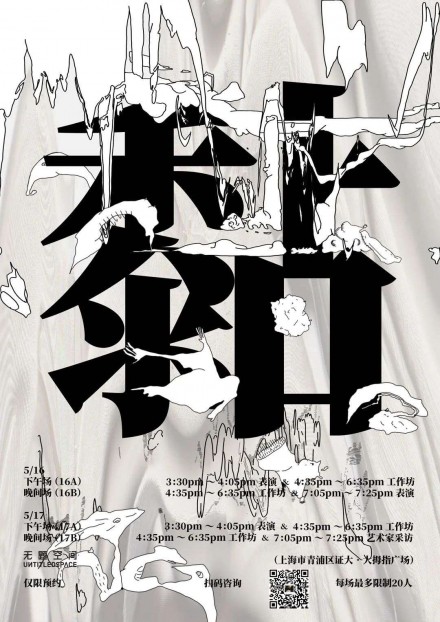
![[超]灾变论 [Hyper-]Catastrophe Theory 舜 Shun](http://www.acentricspace.com/wp-content/uploads/2024/04/wxsync-2024-04-17e42ddfe2087d093ffcdad3f414da34-440x625.jpeg)
